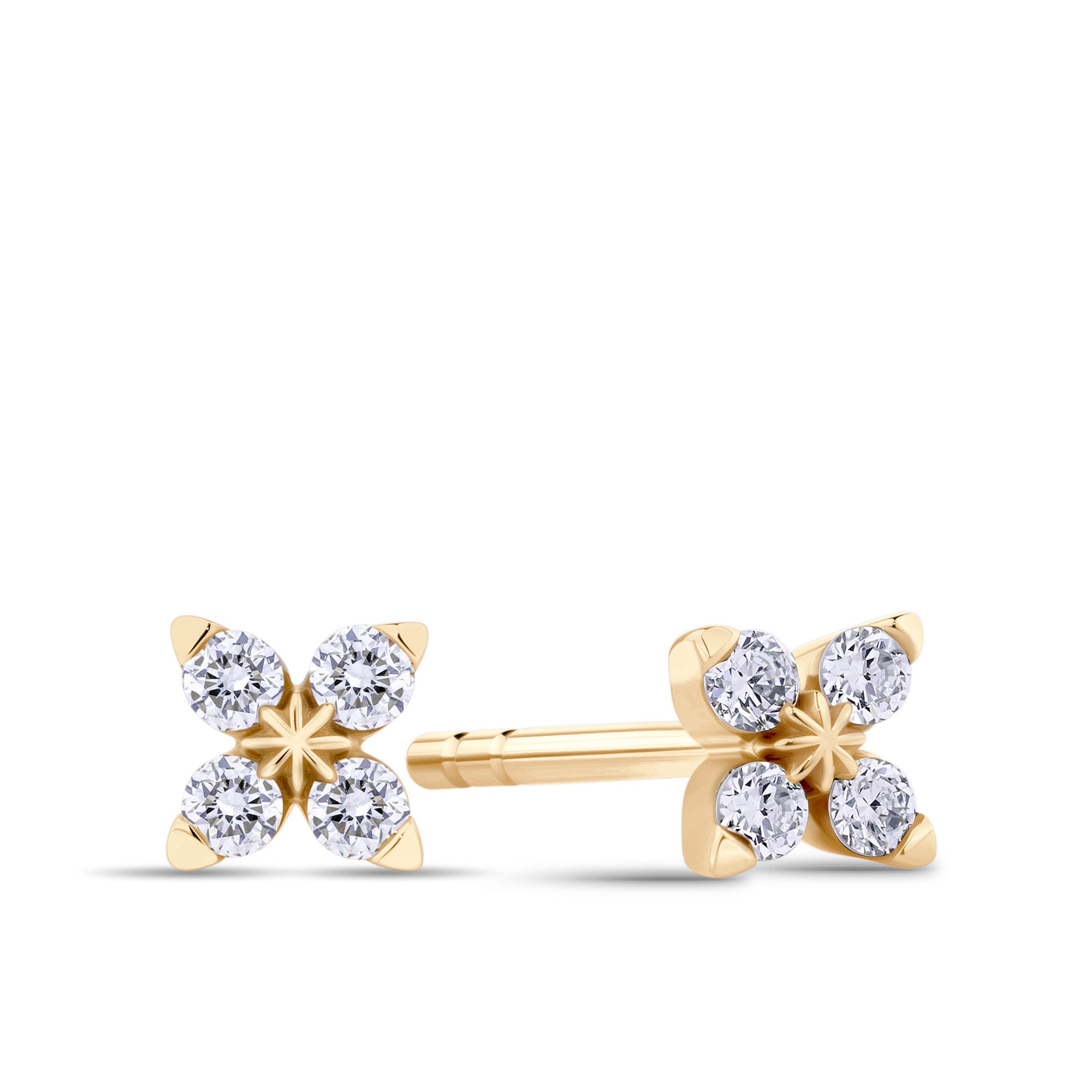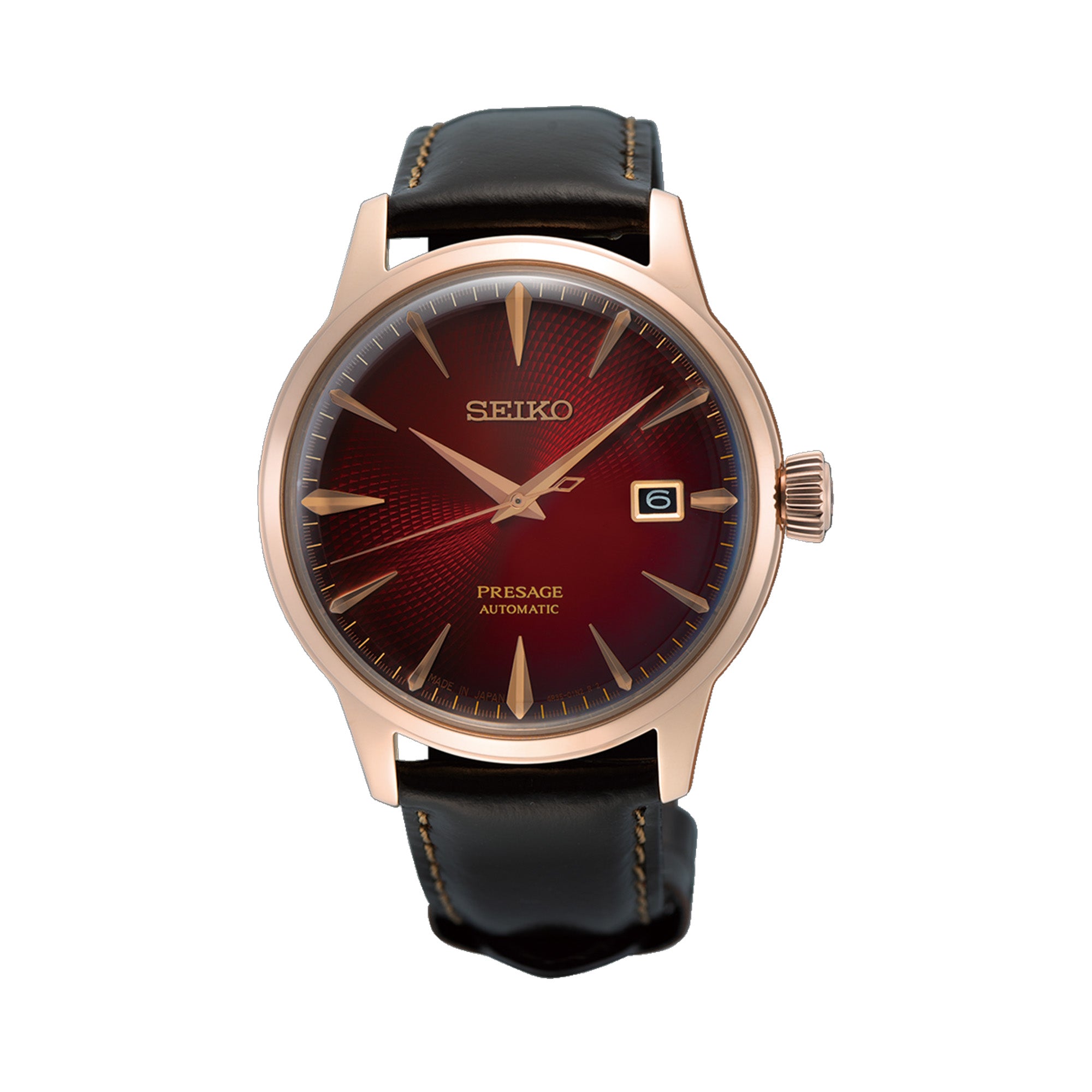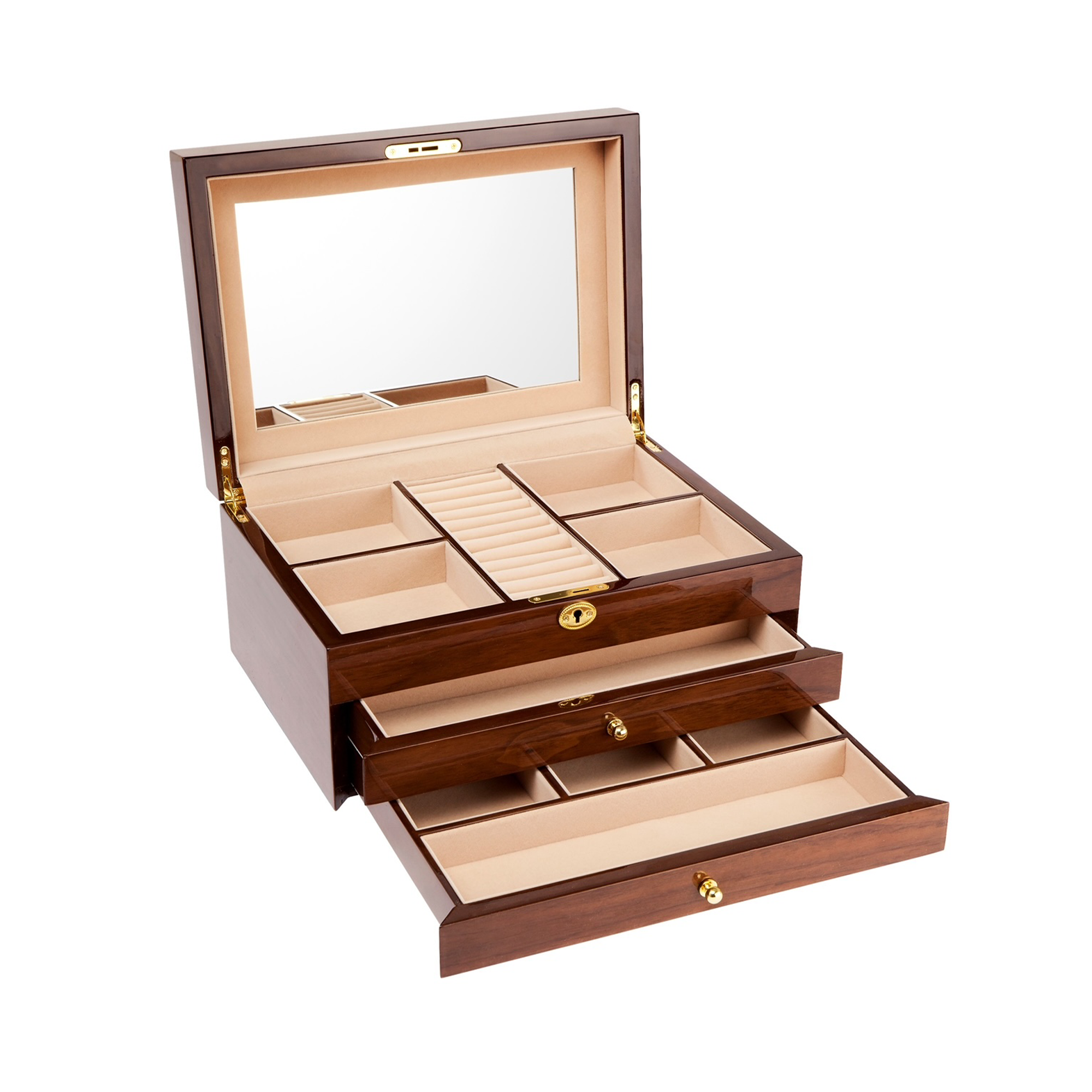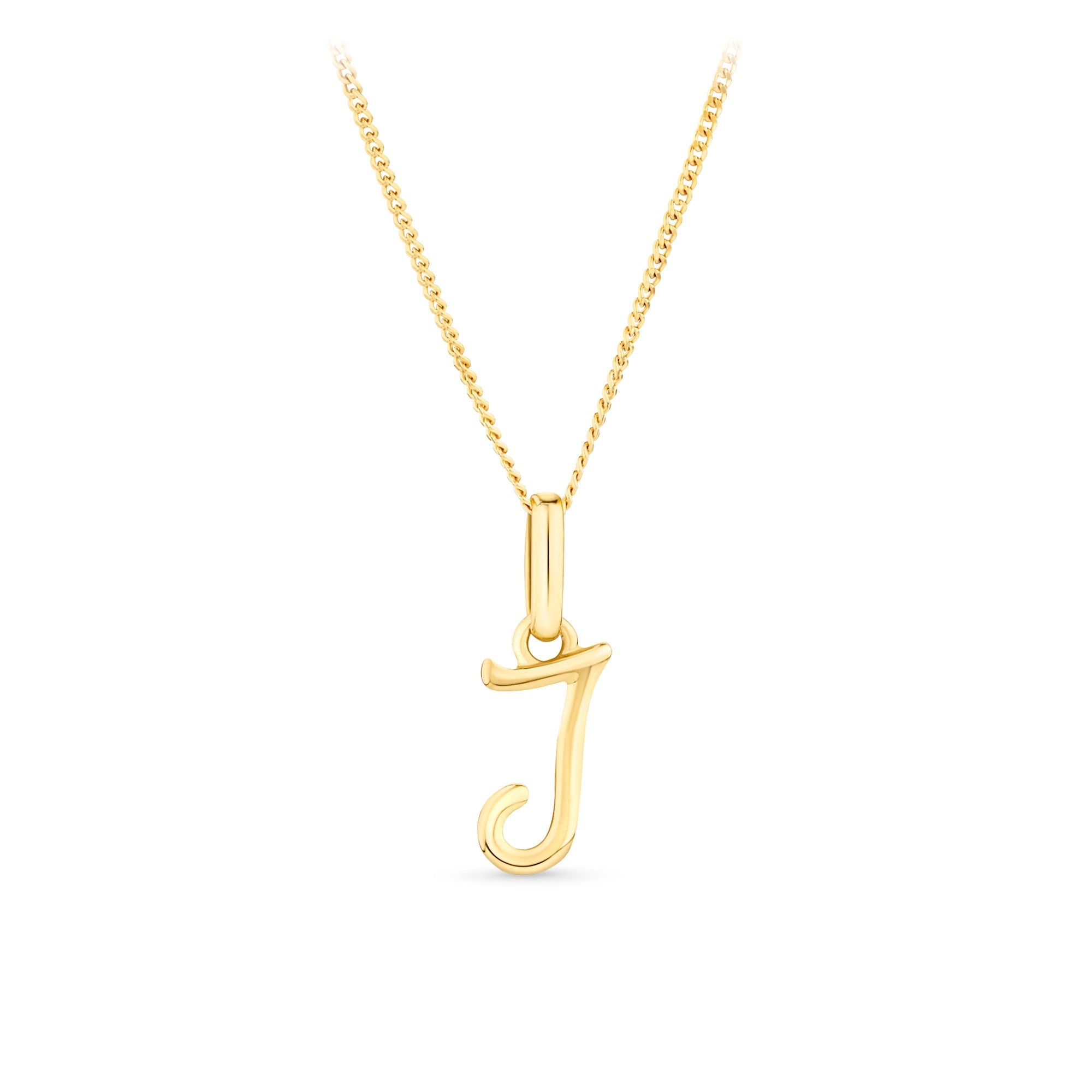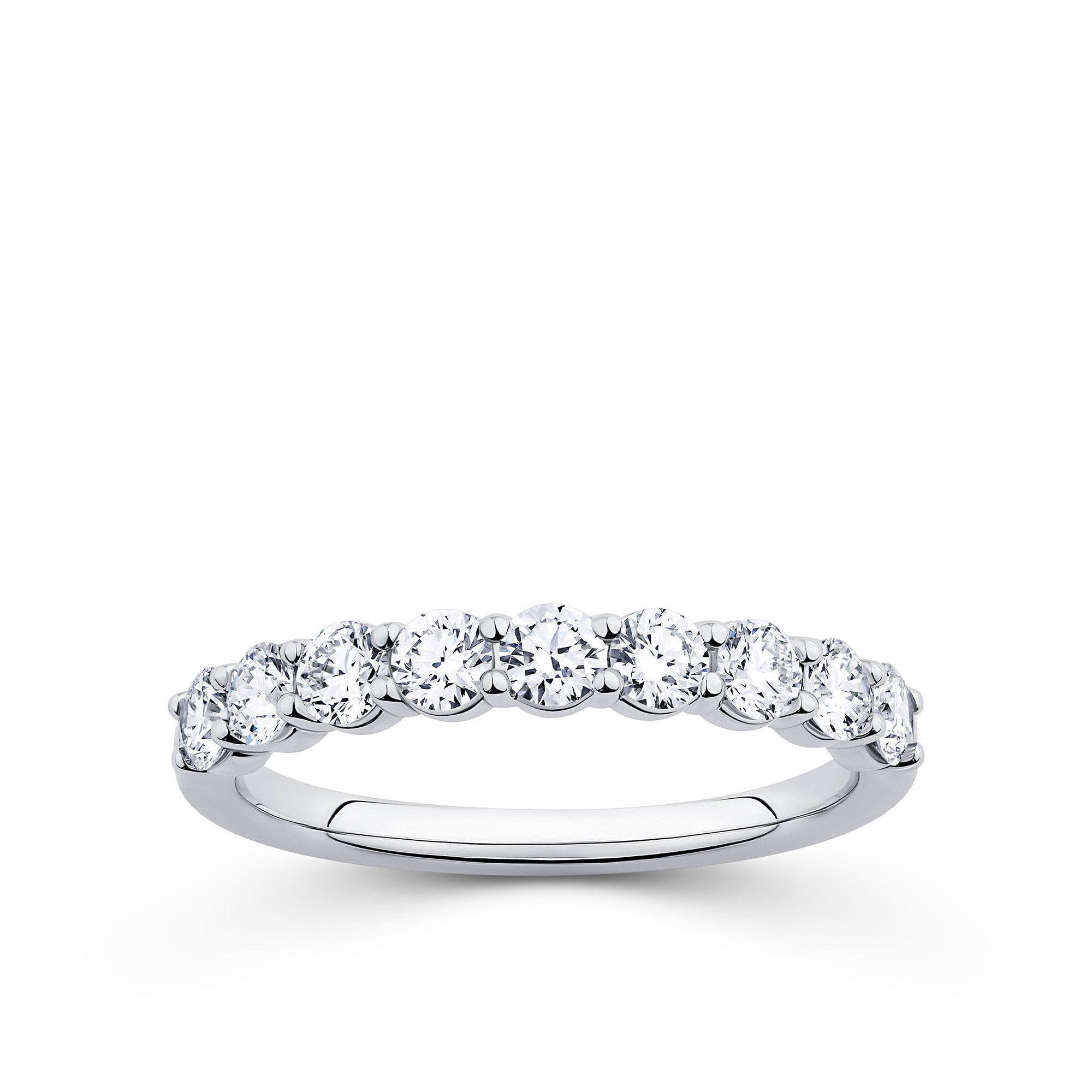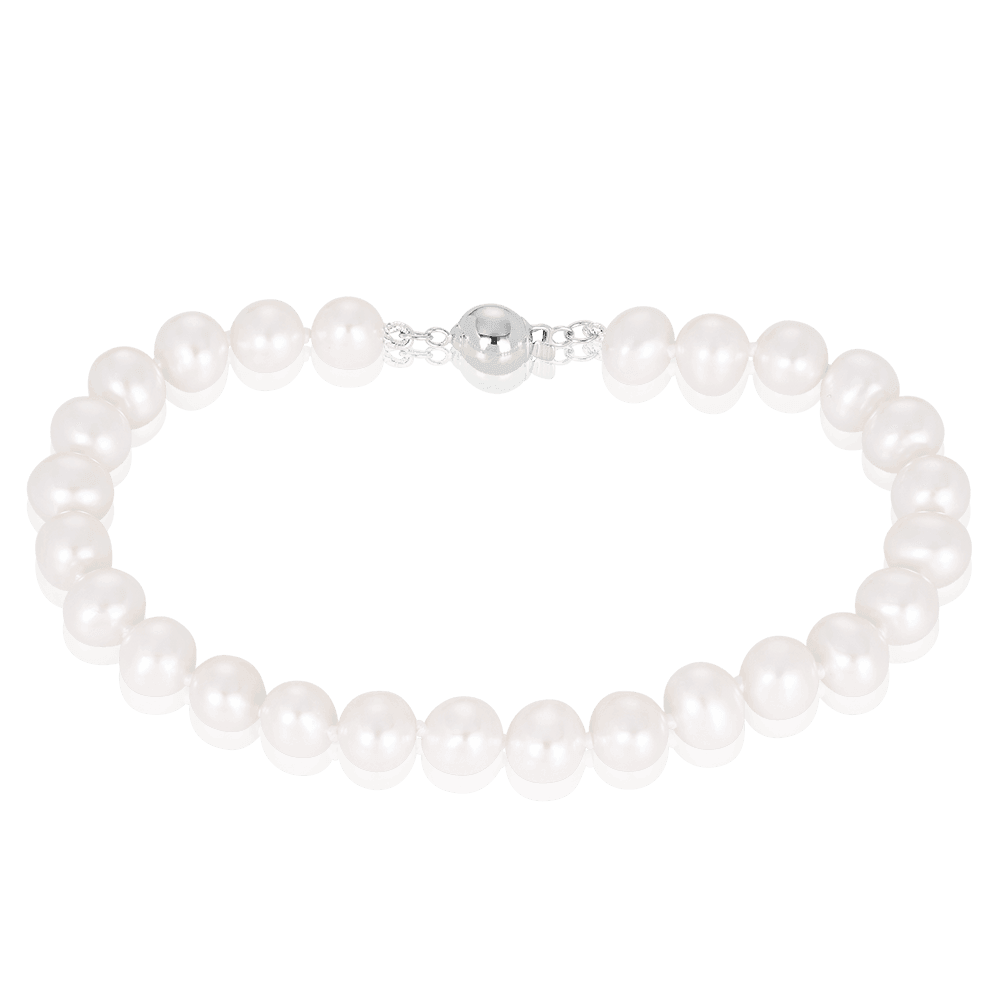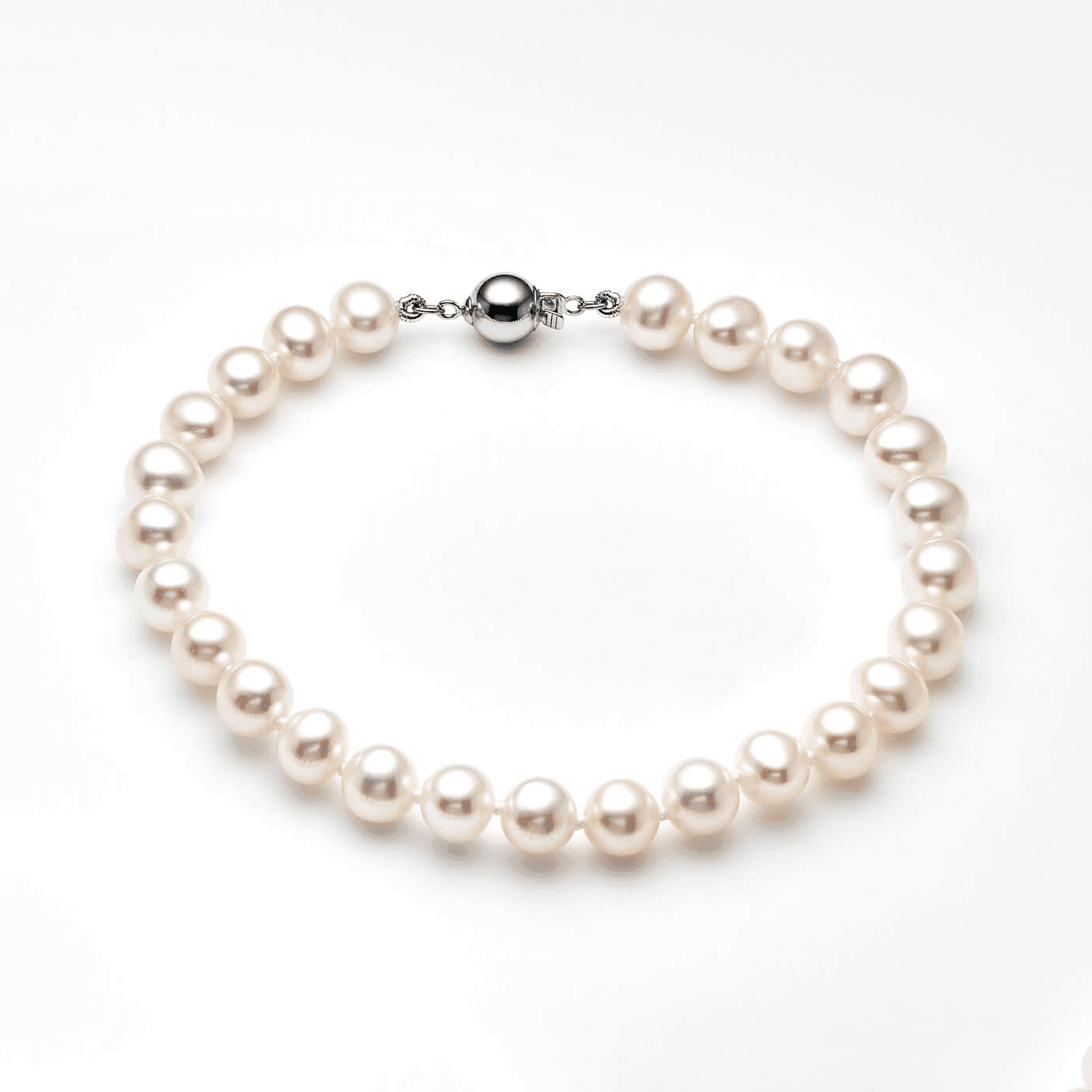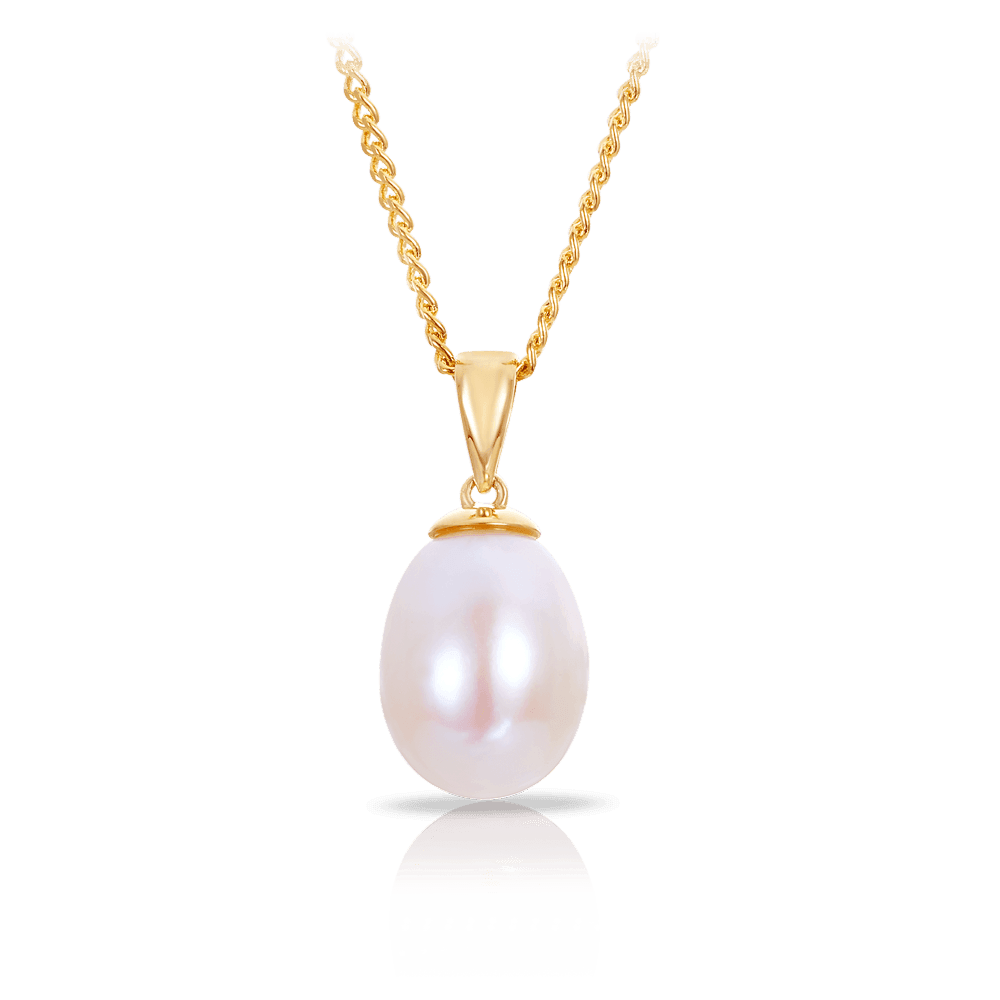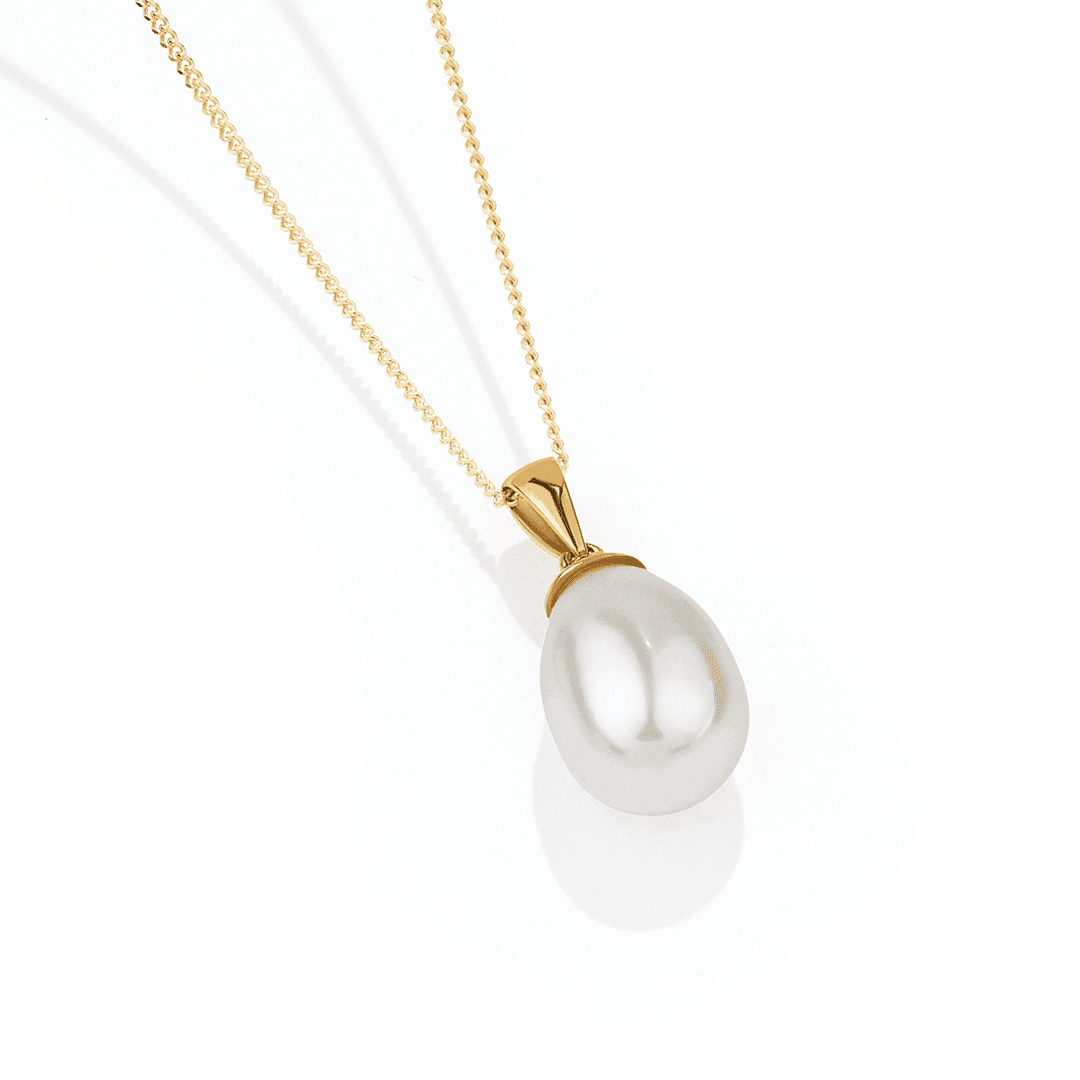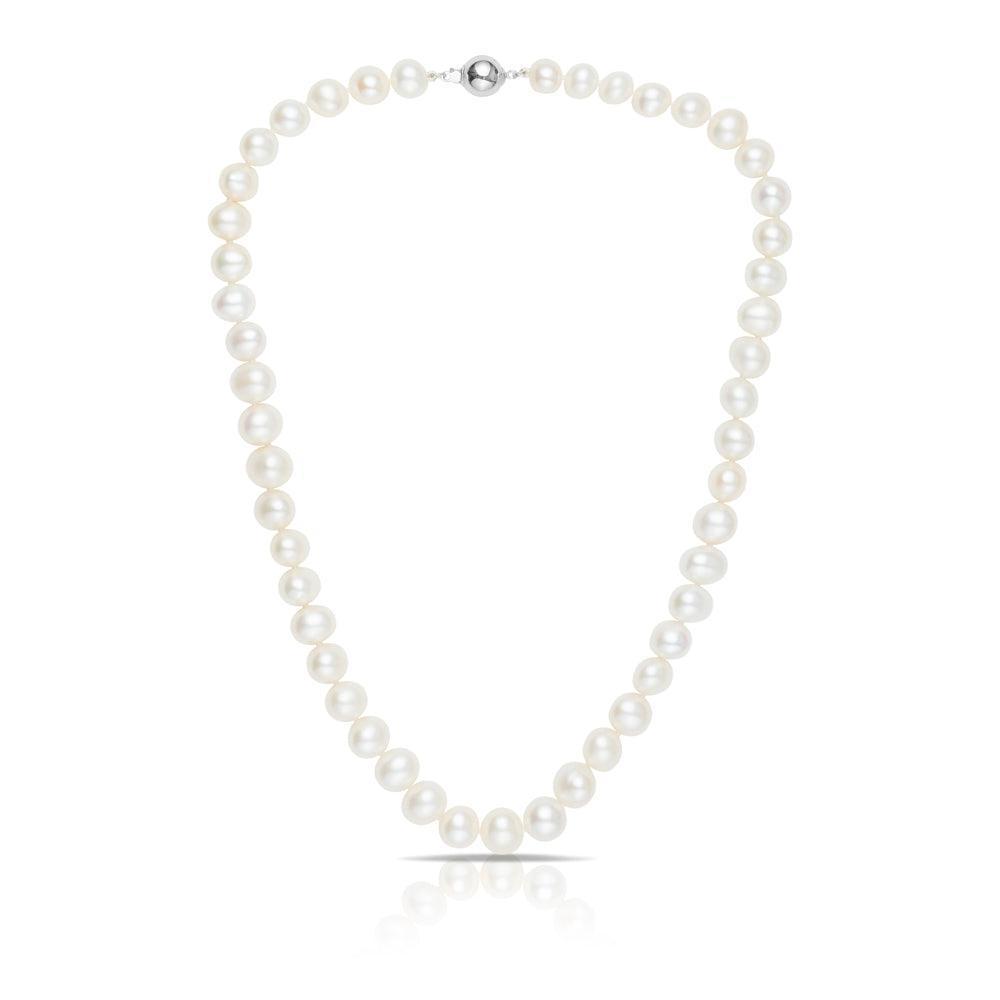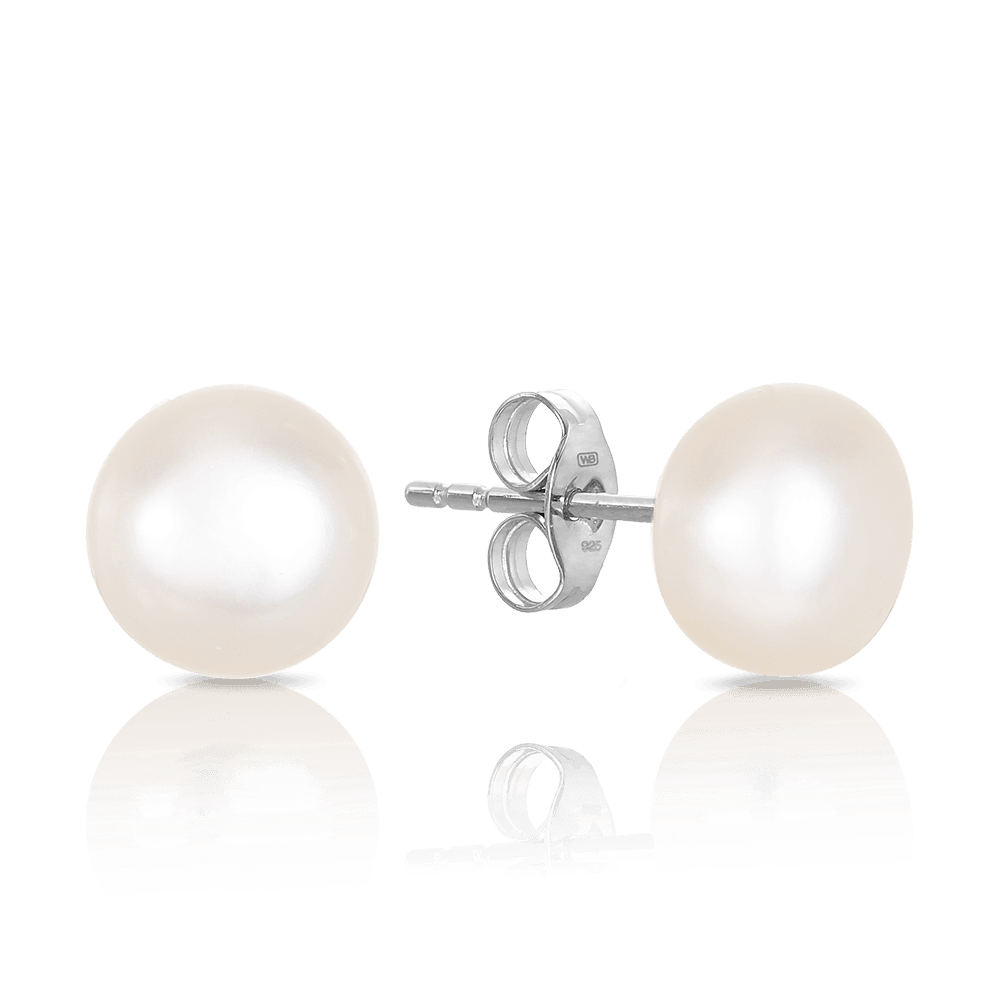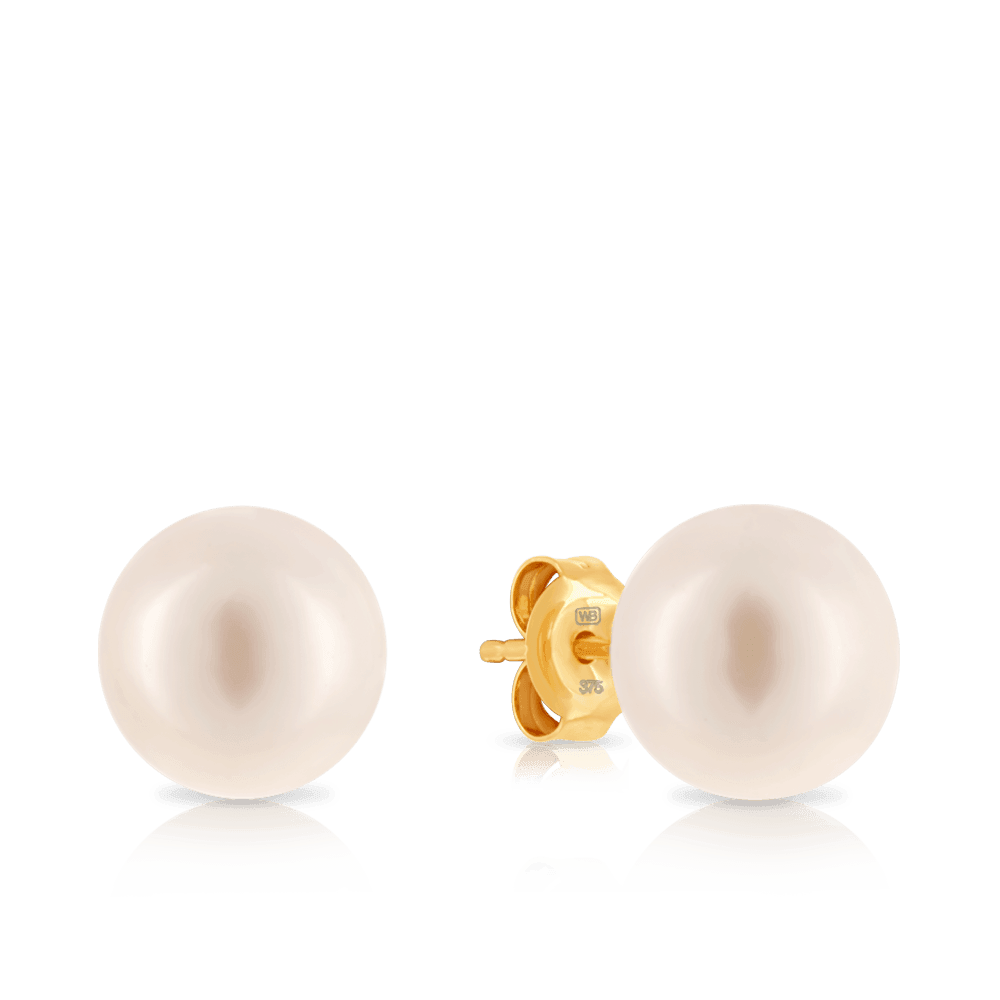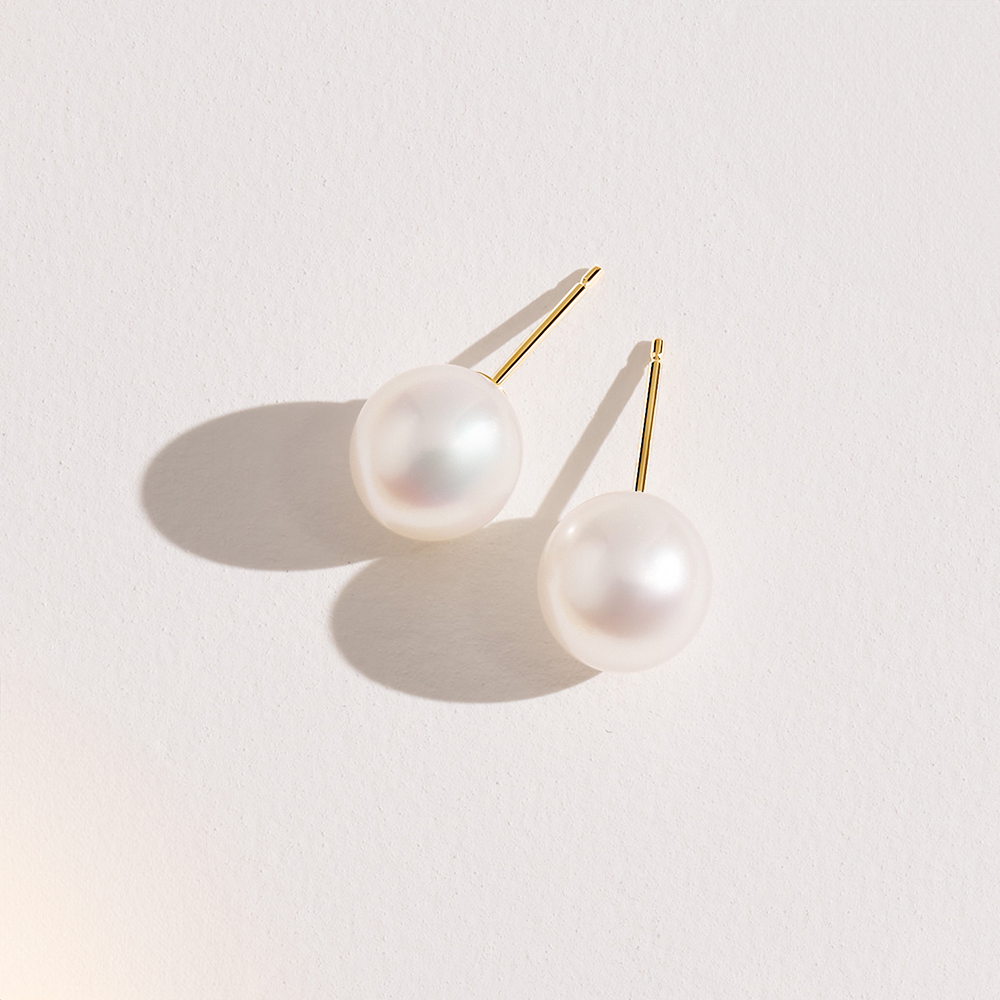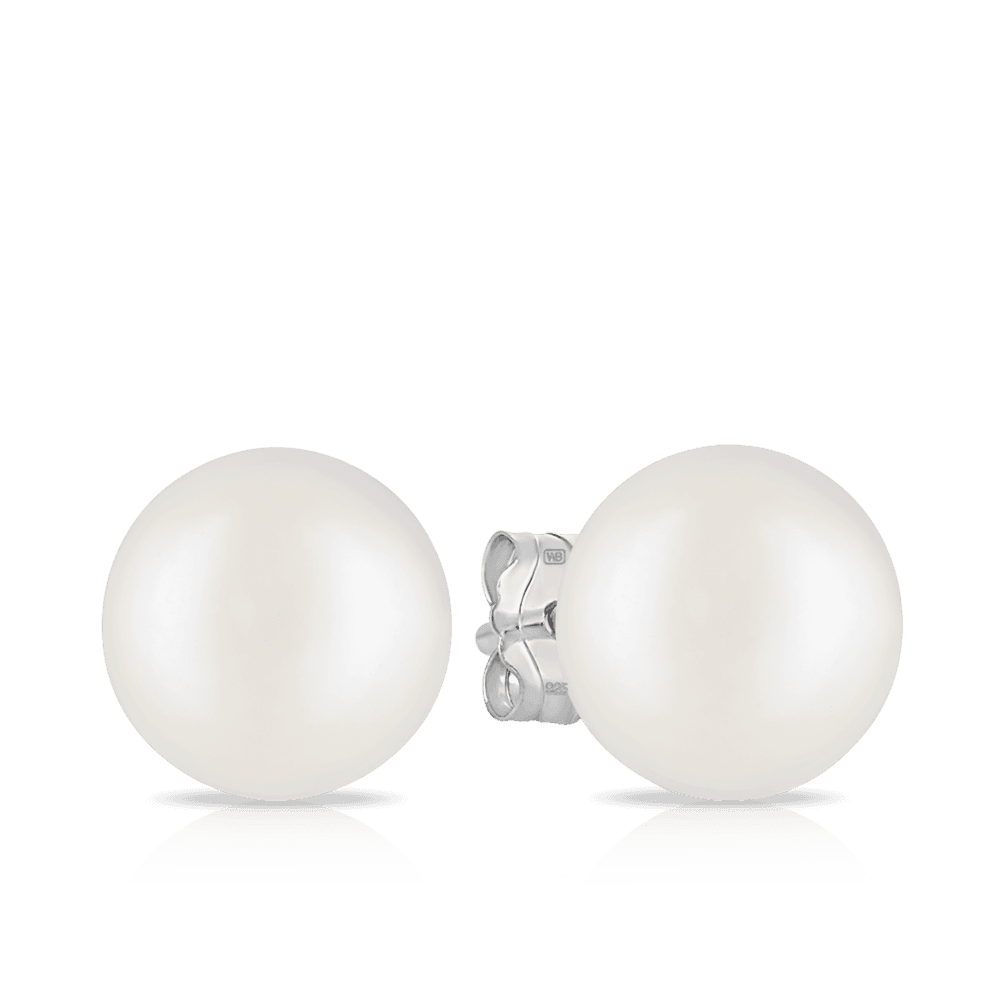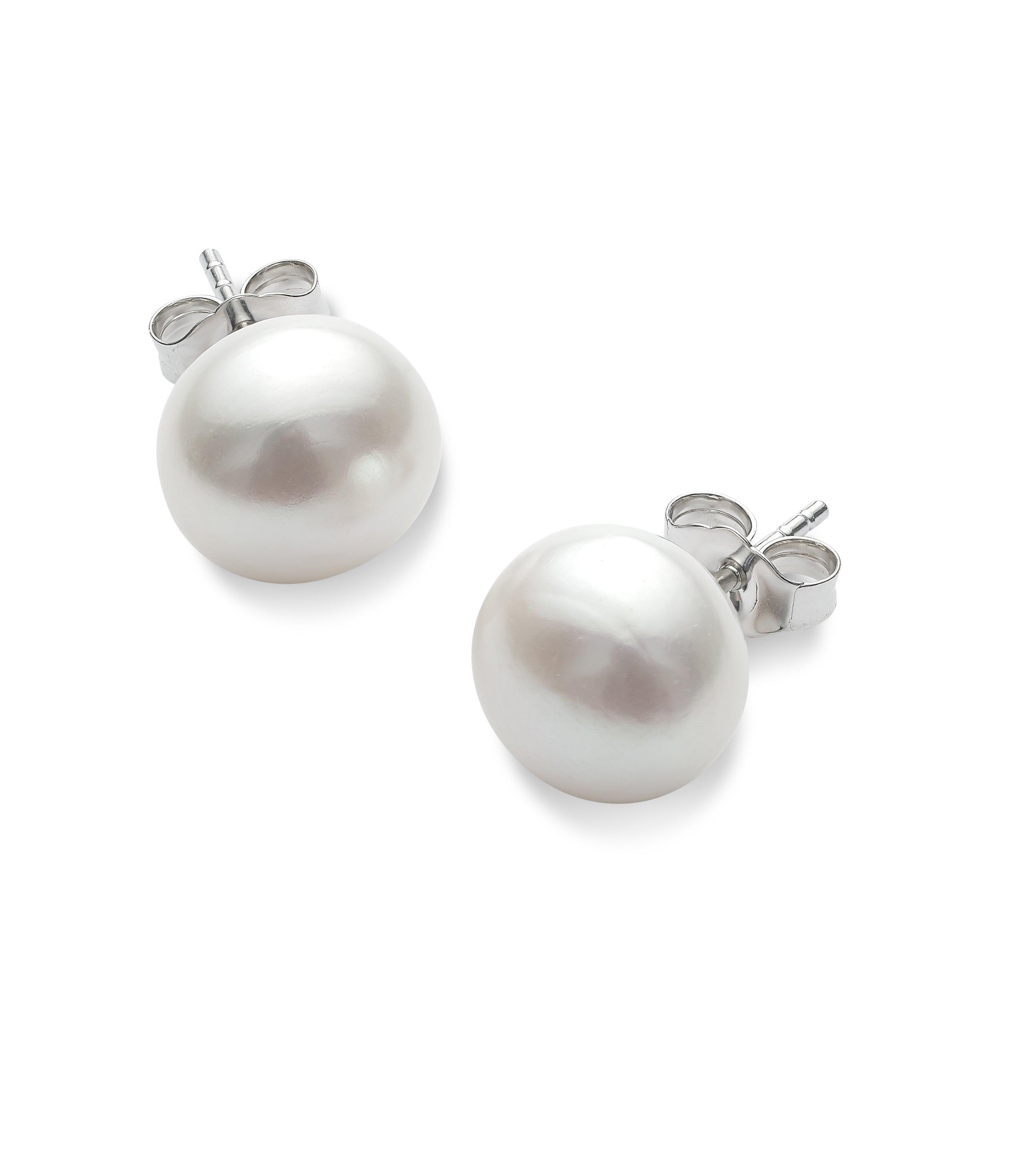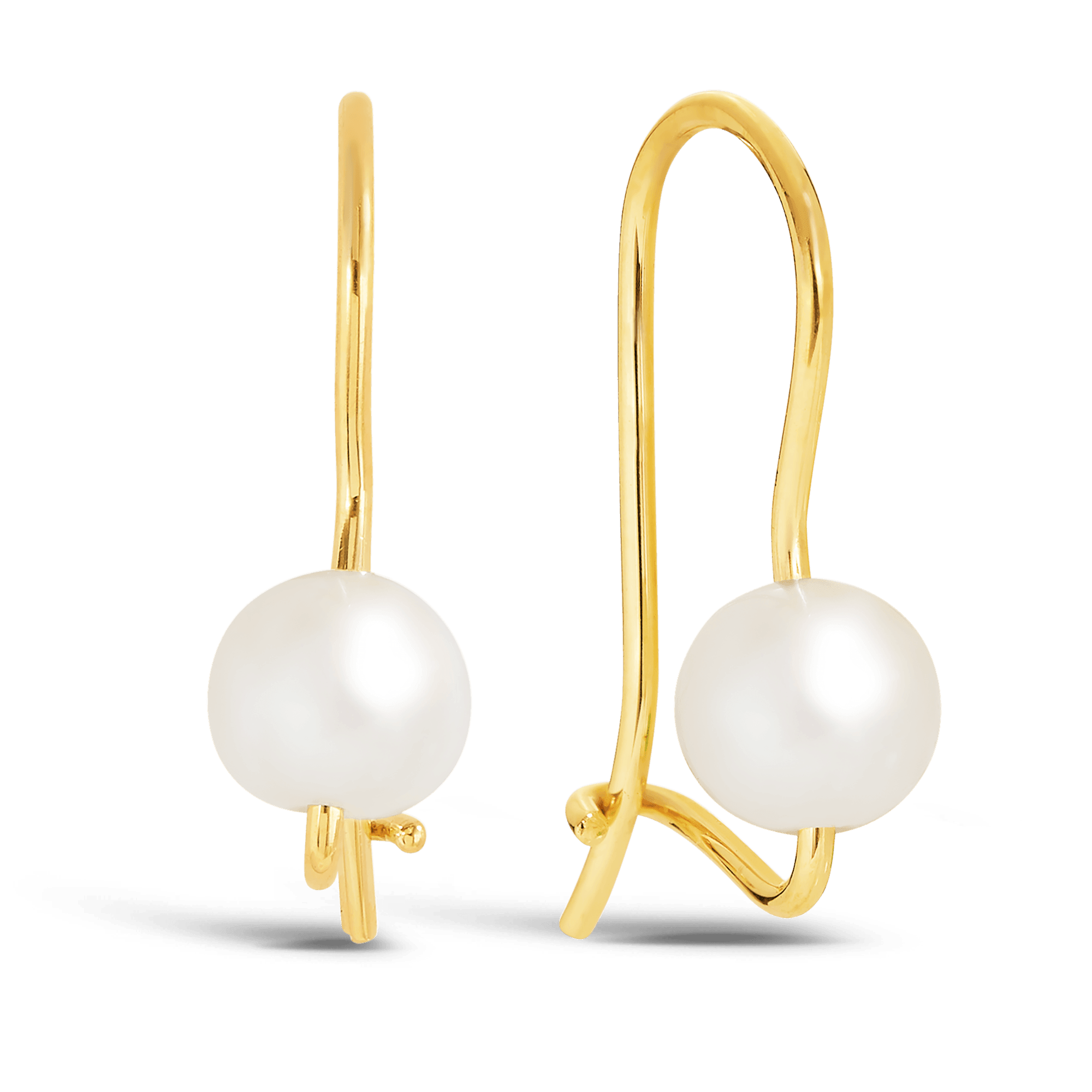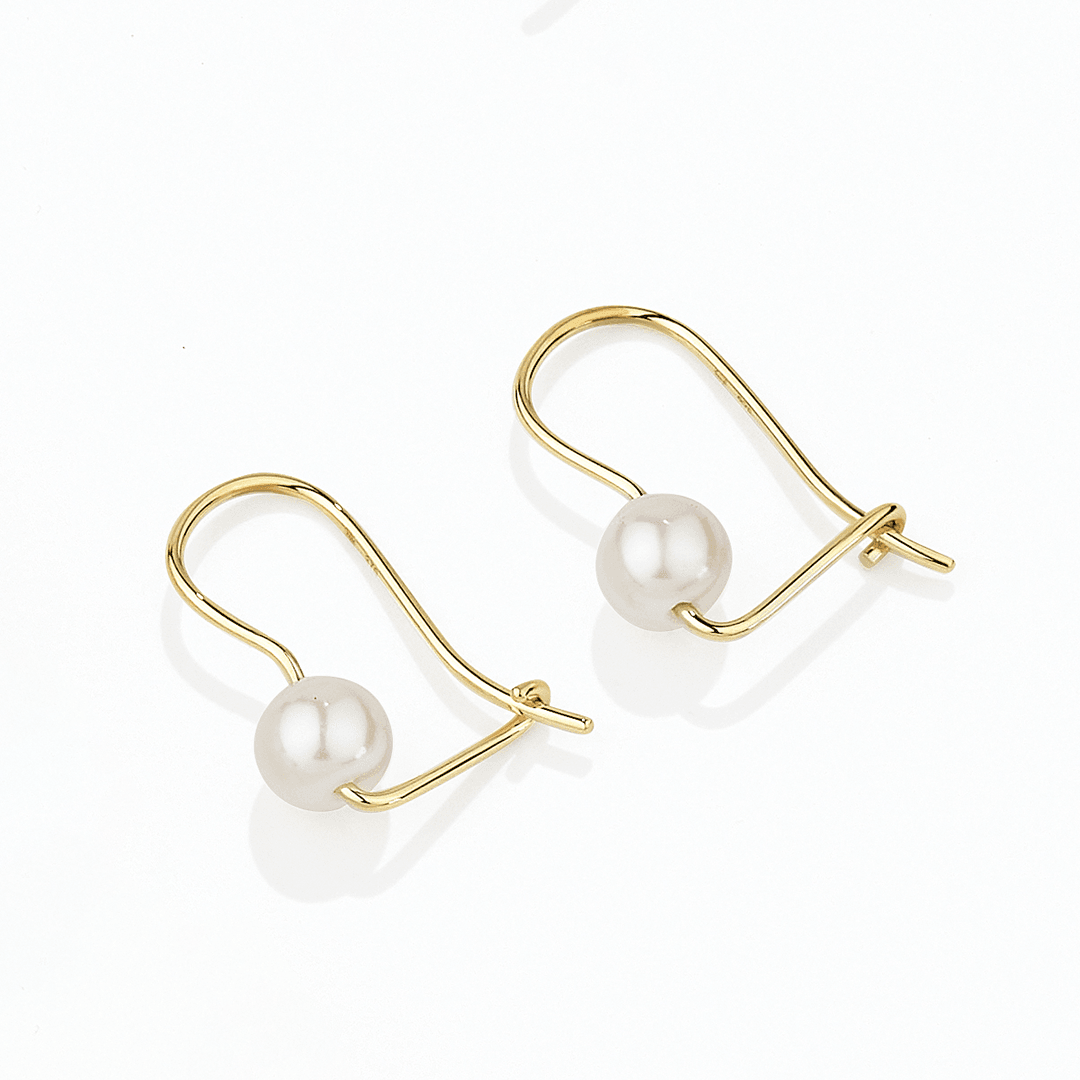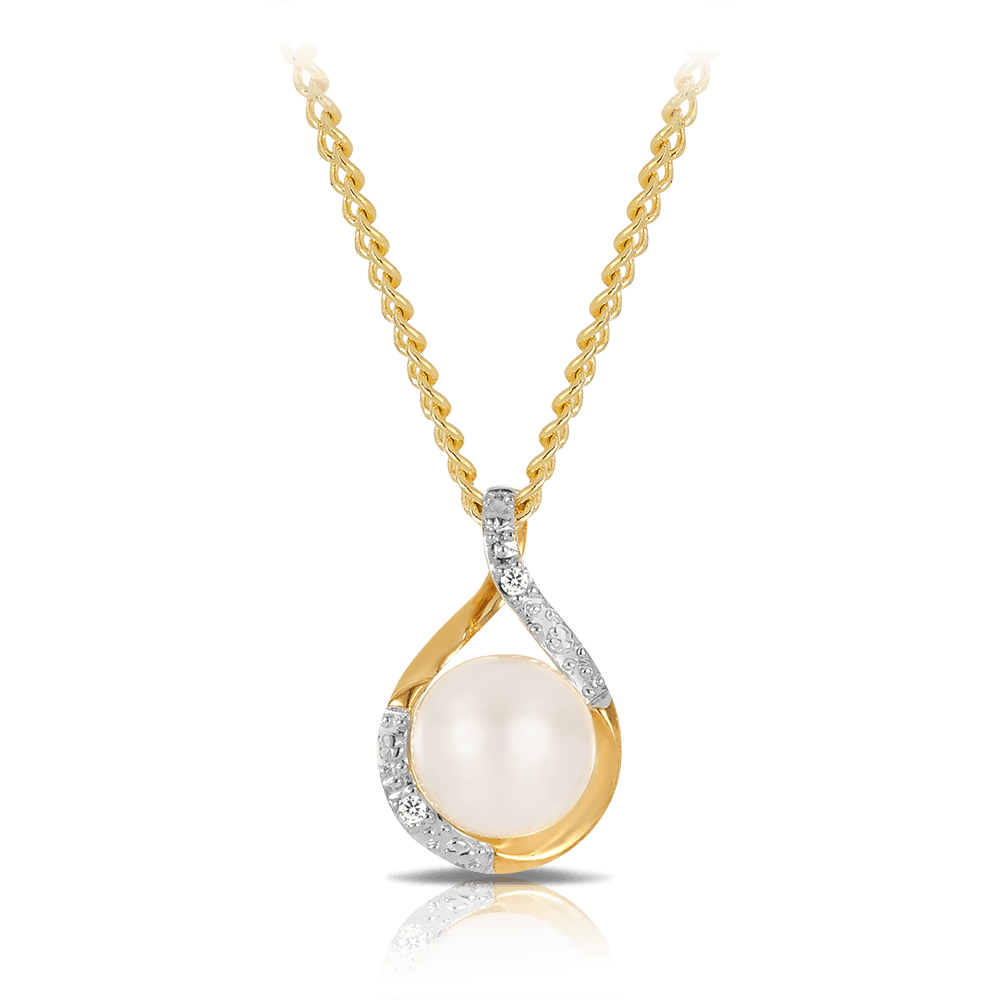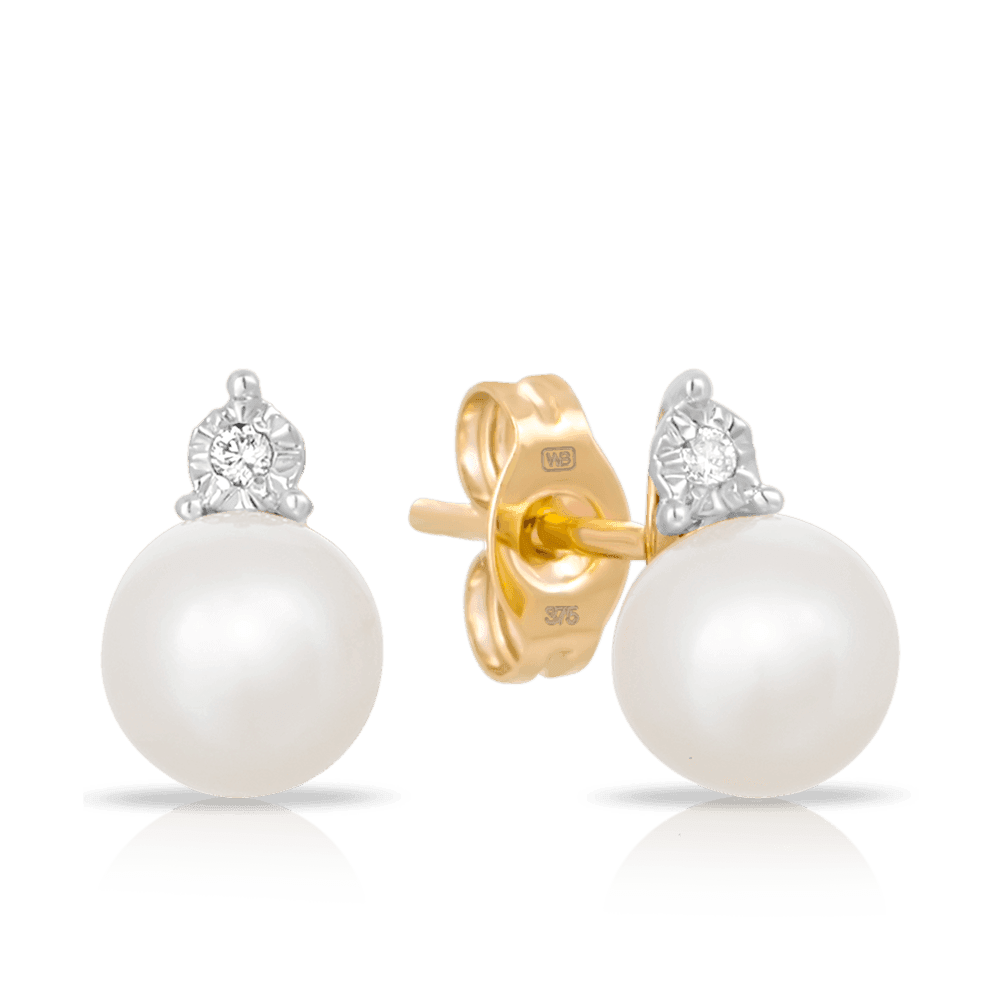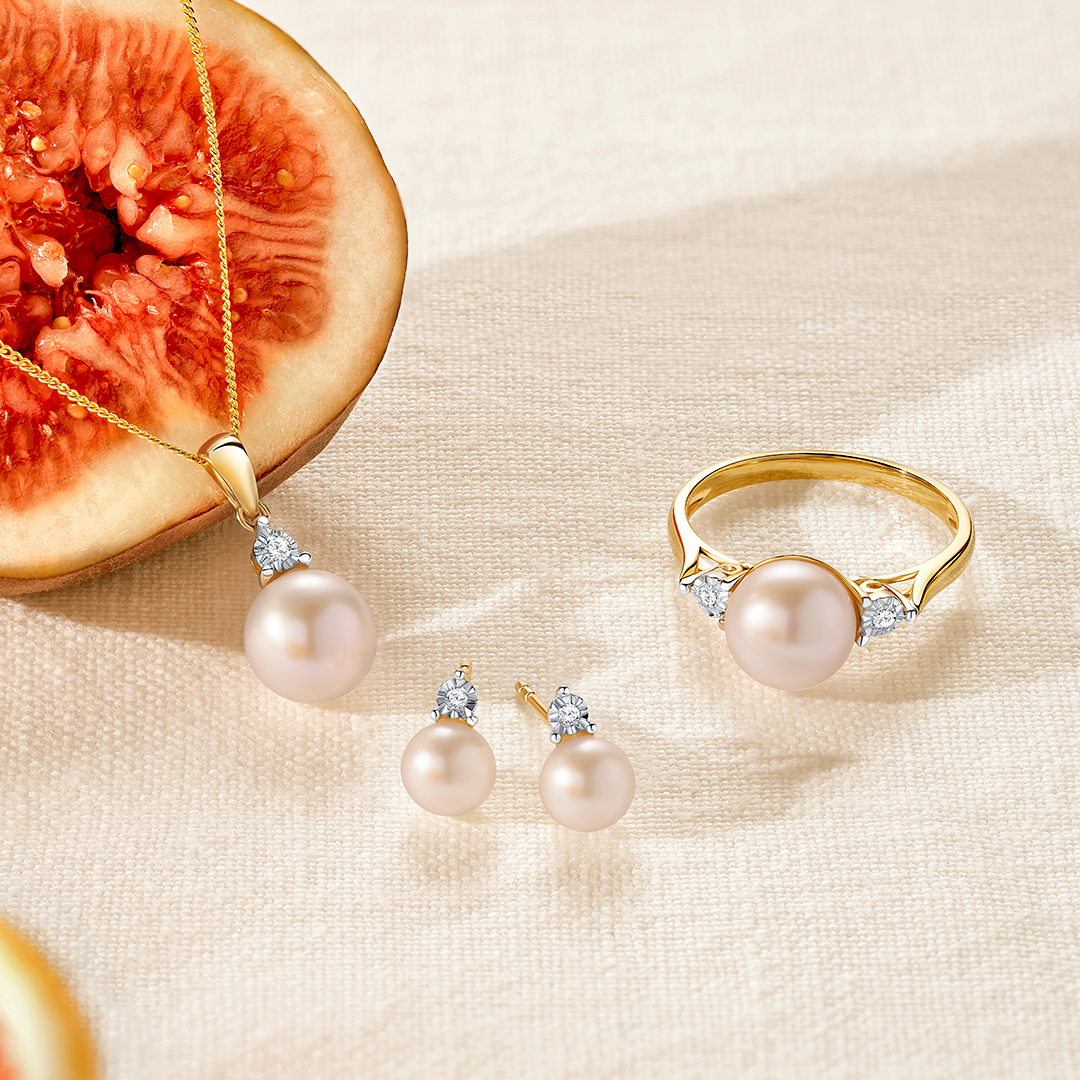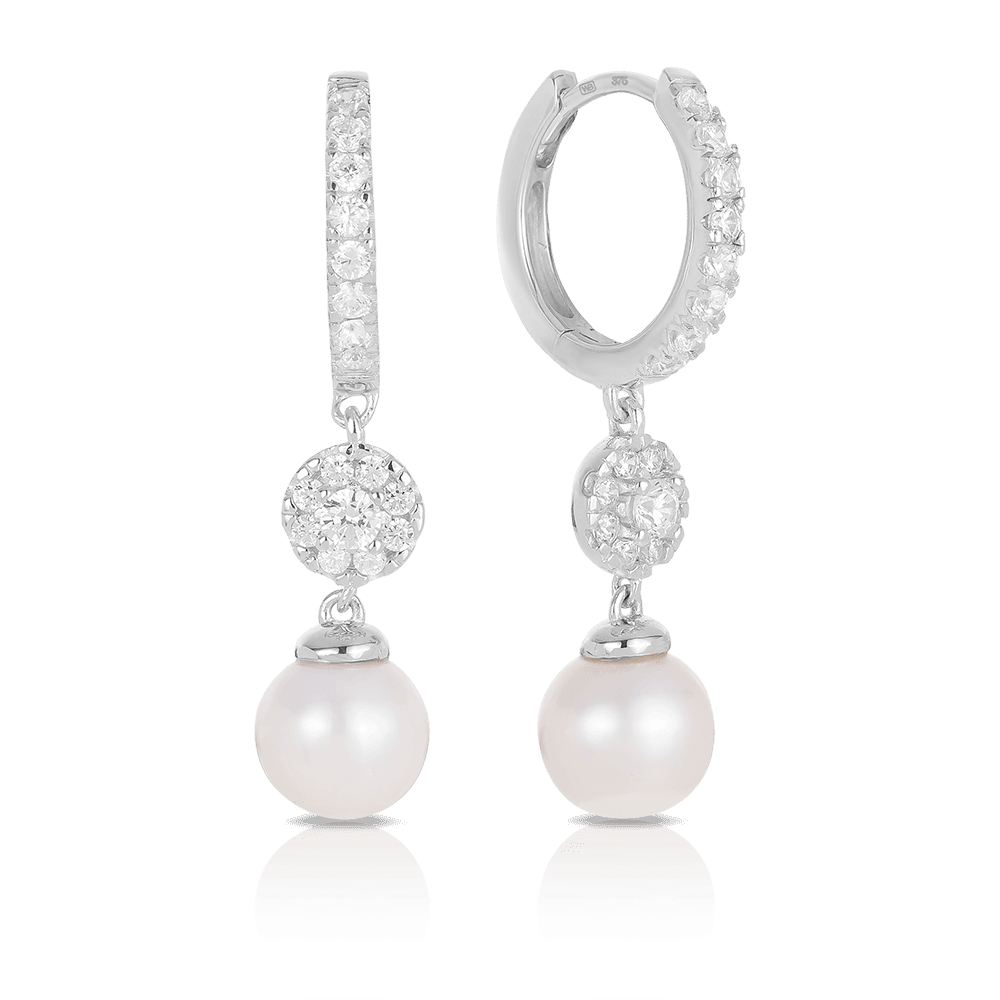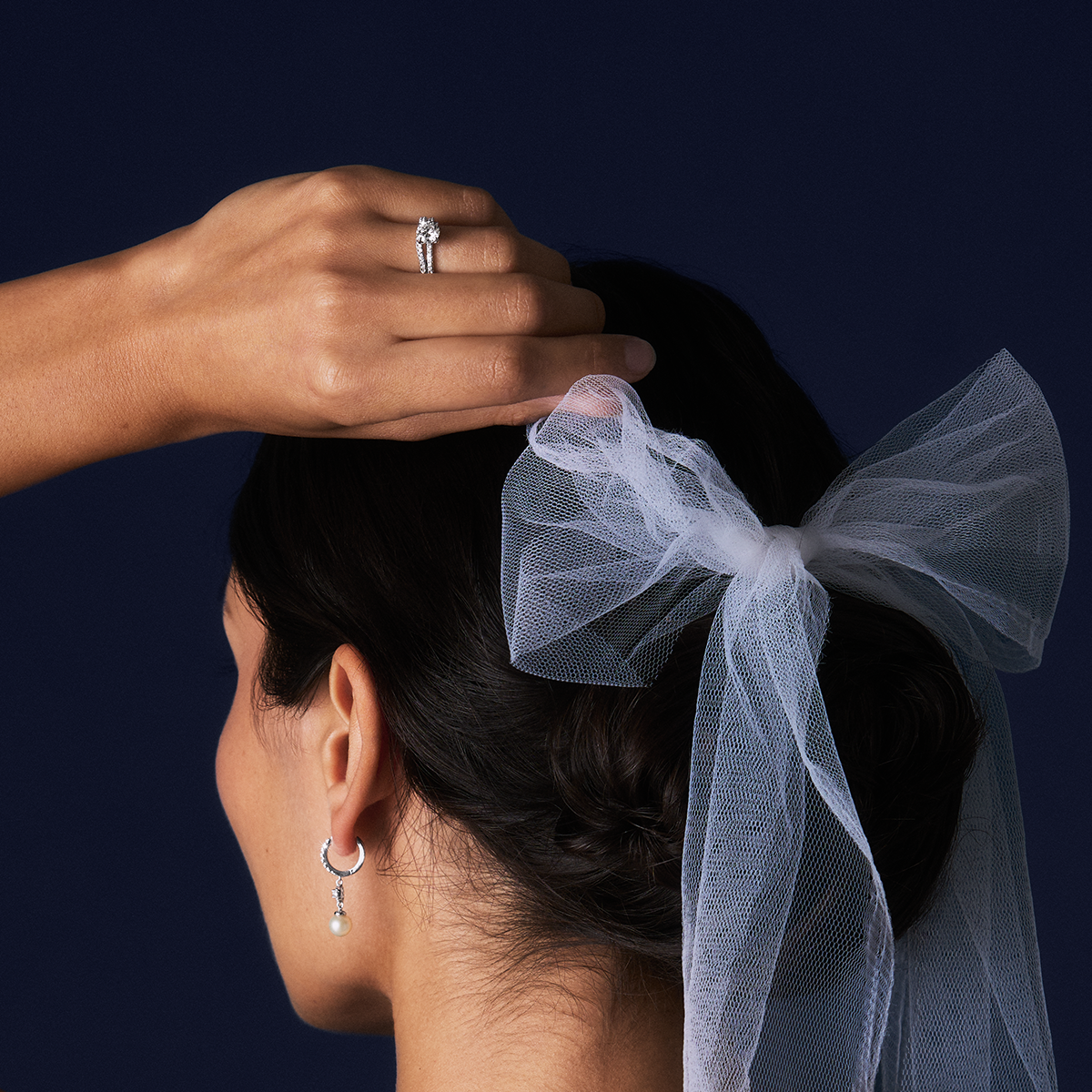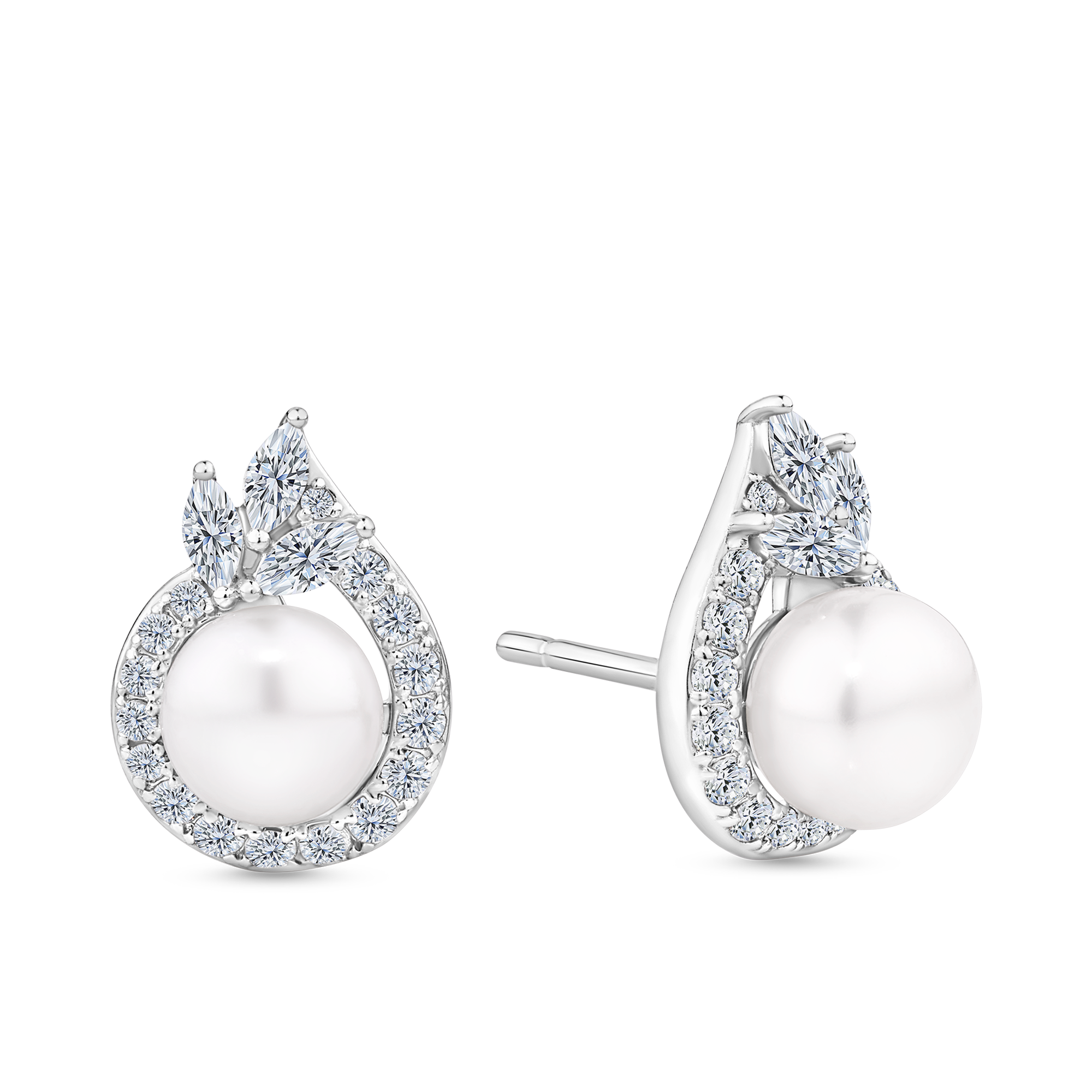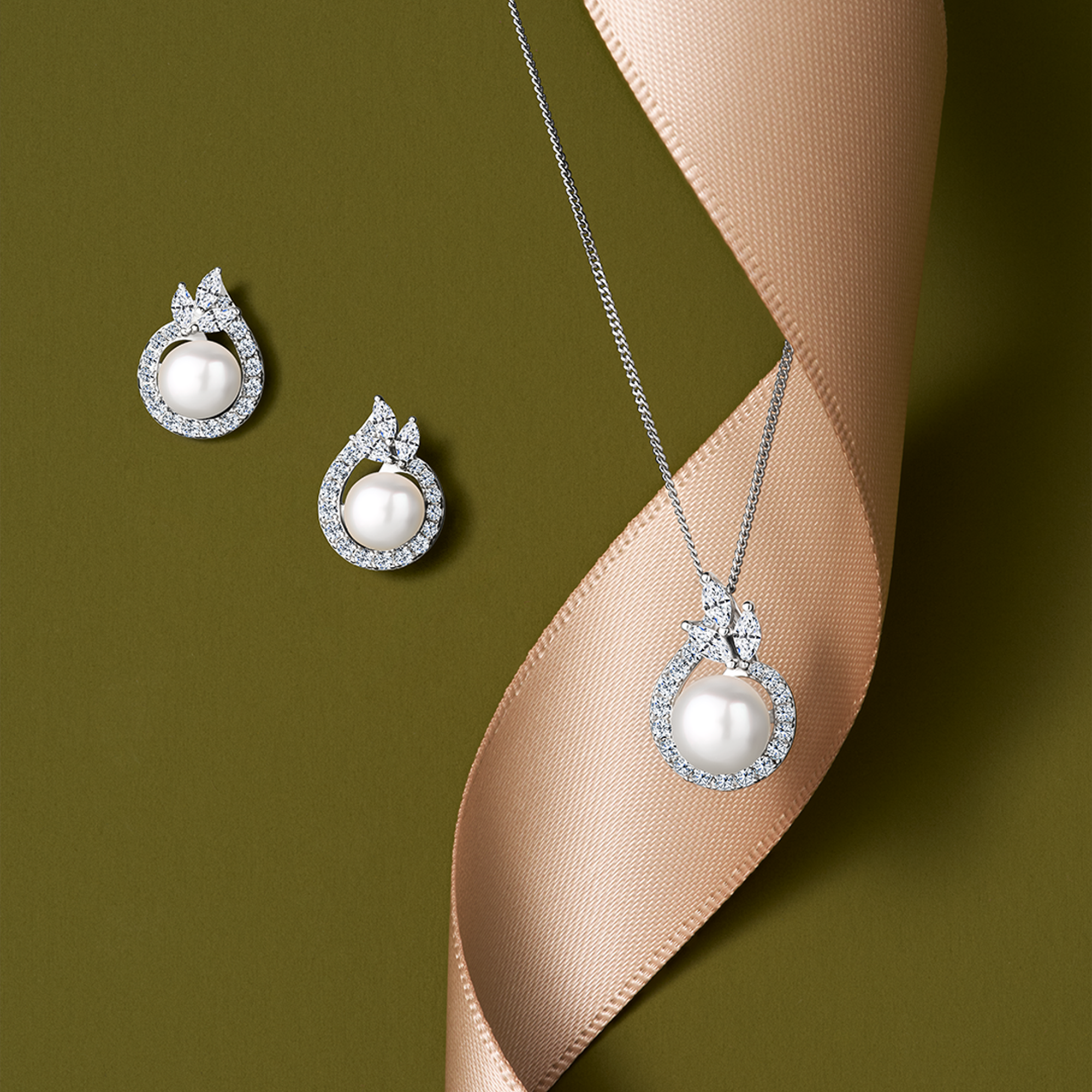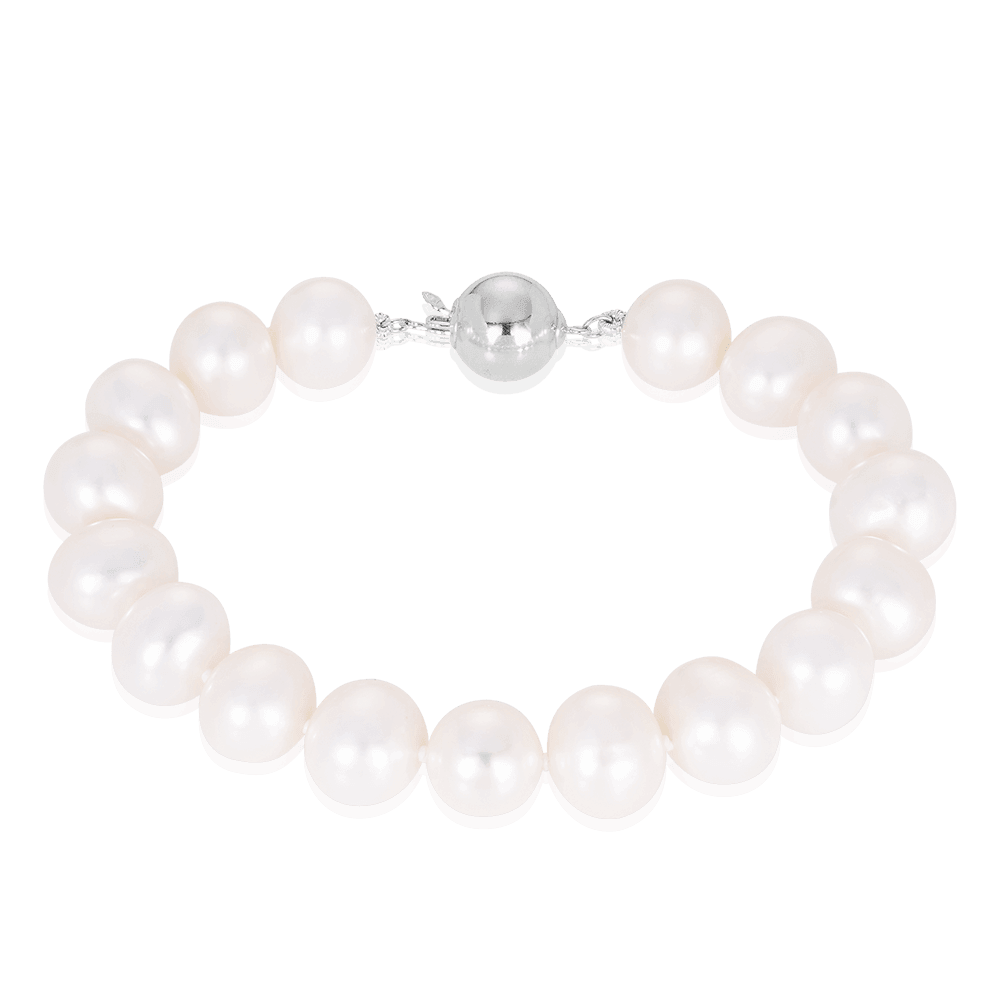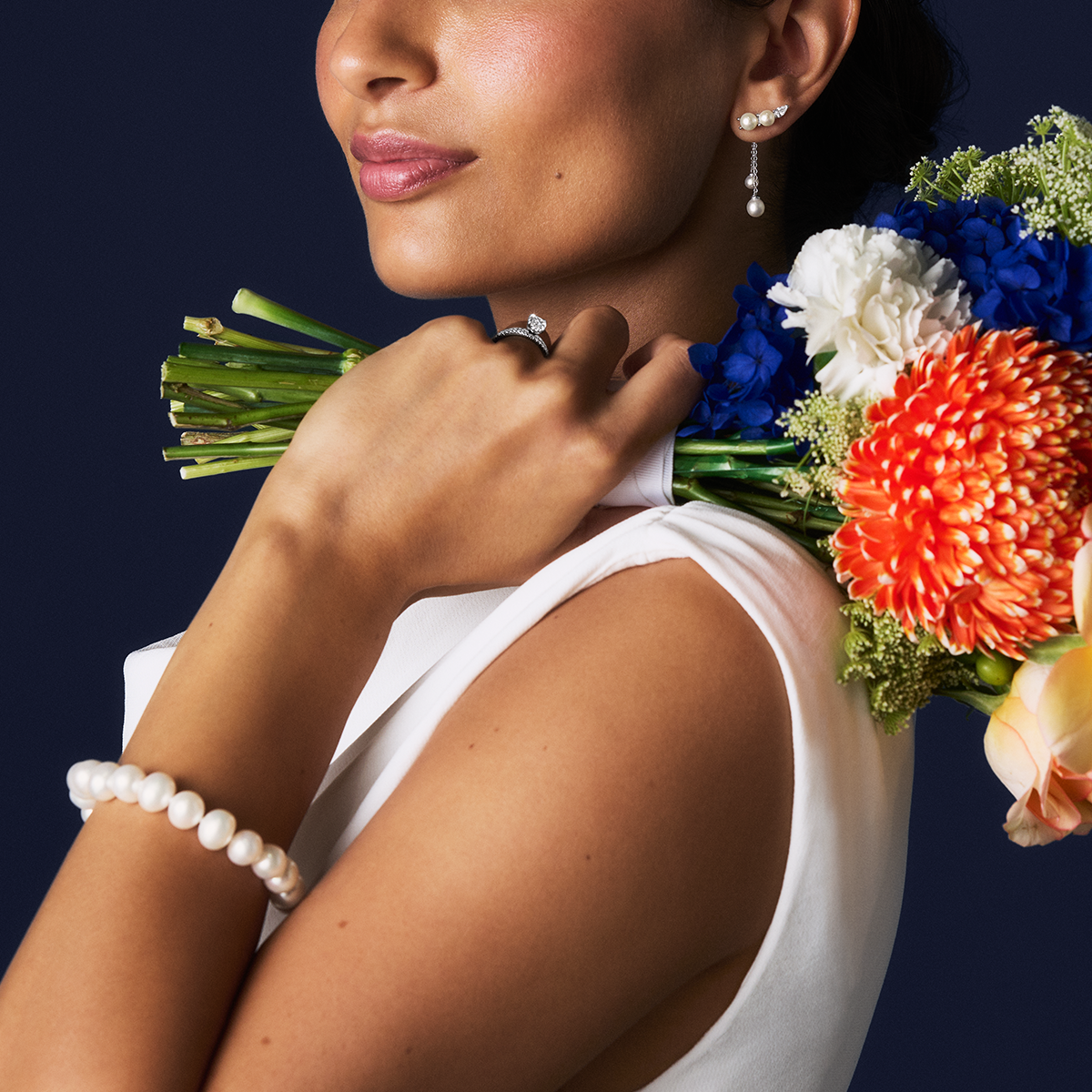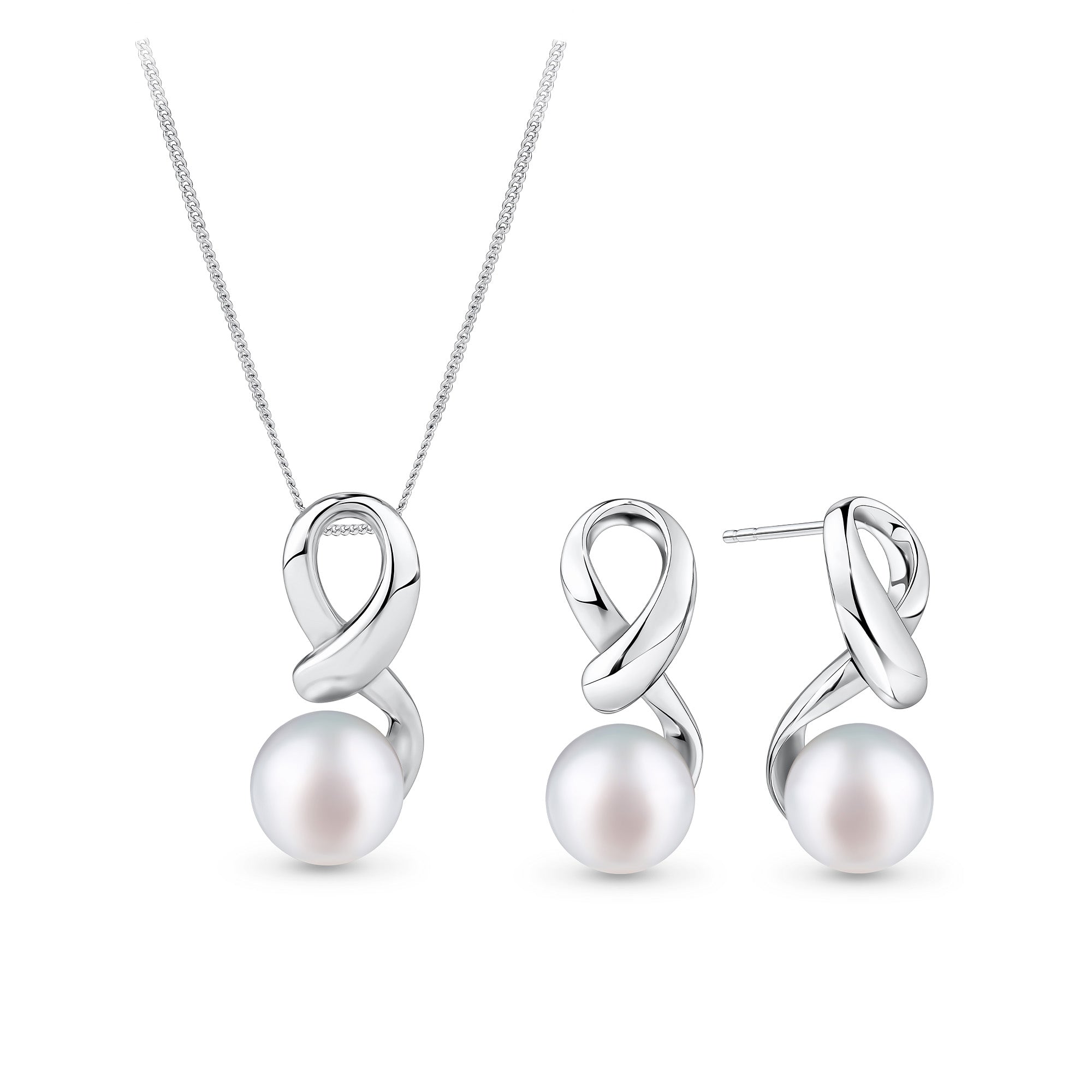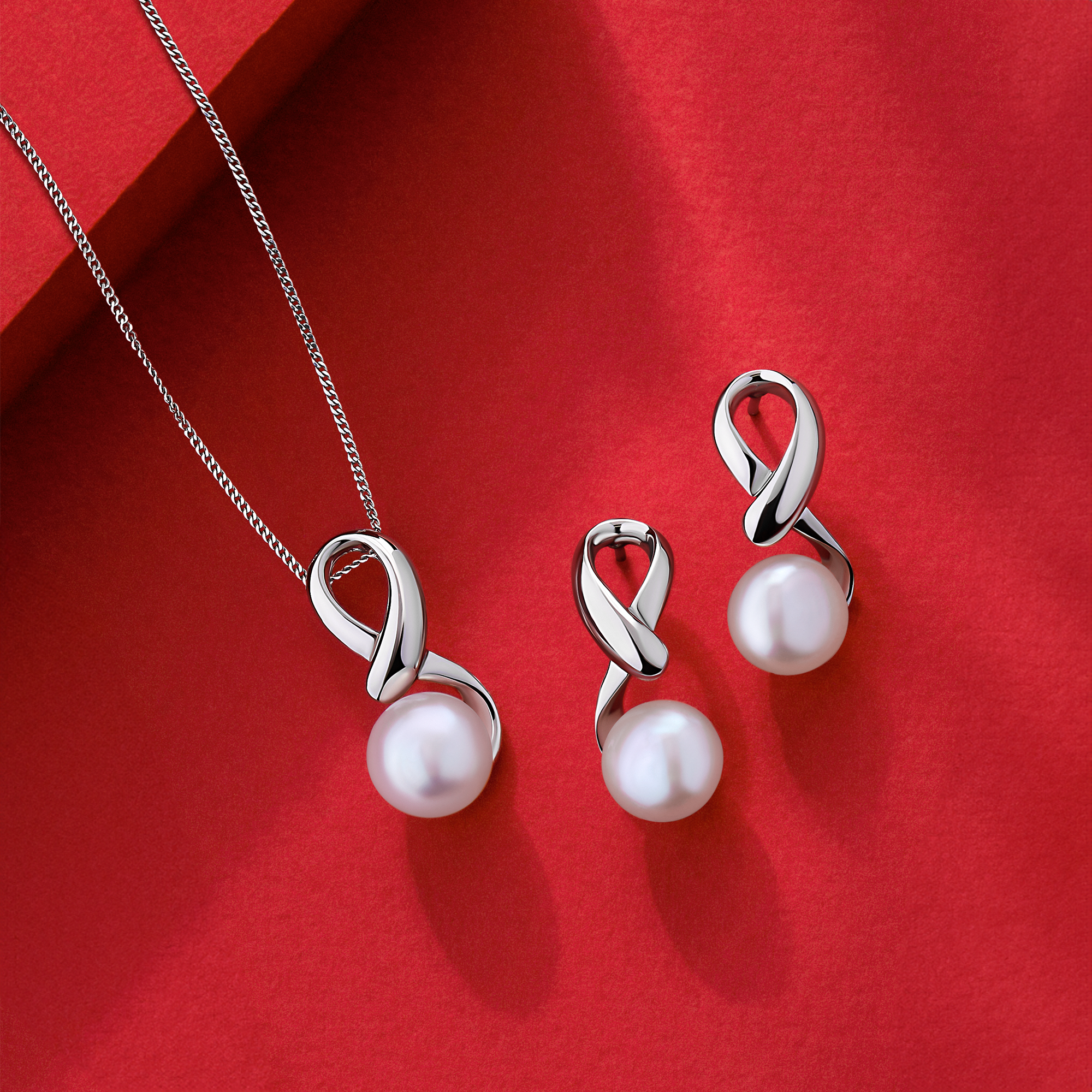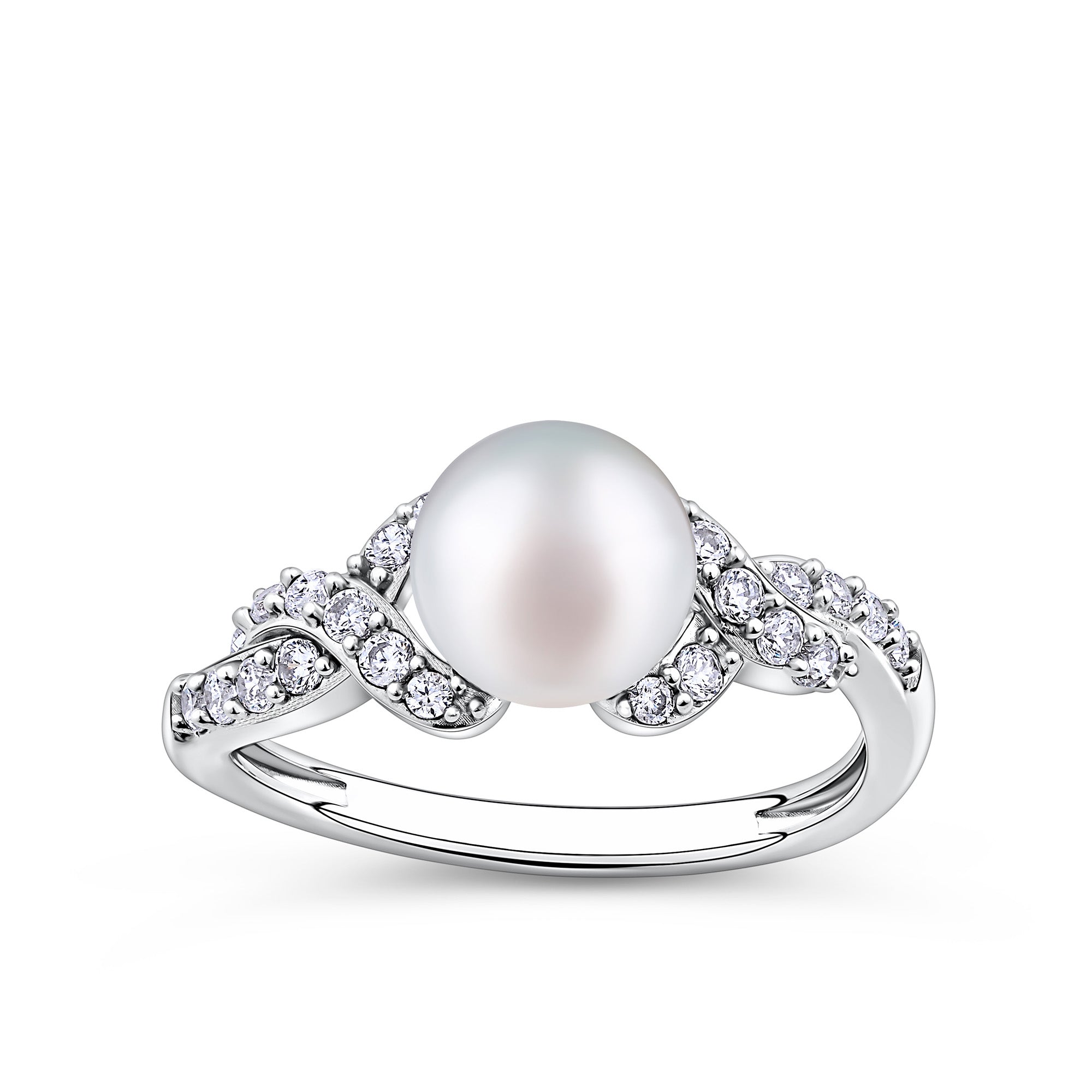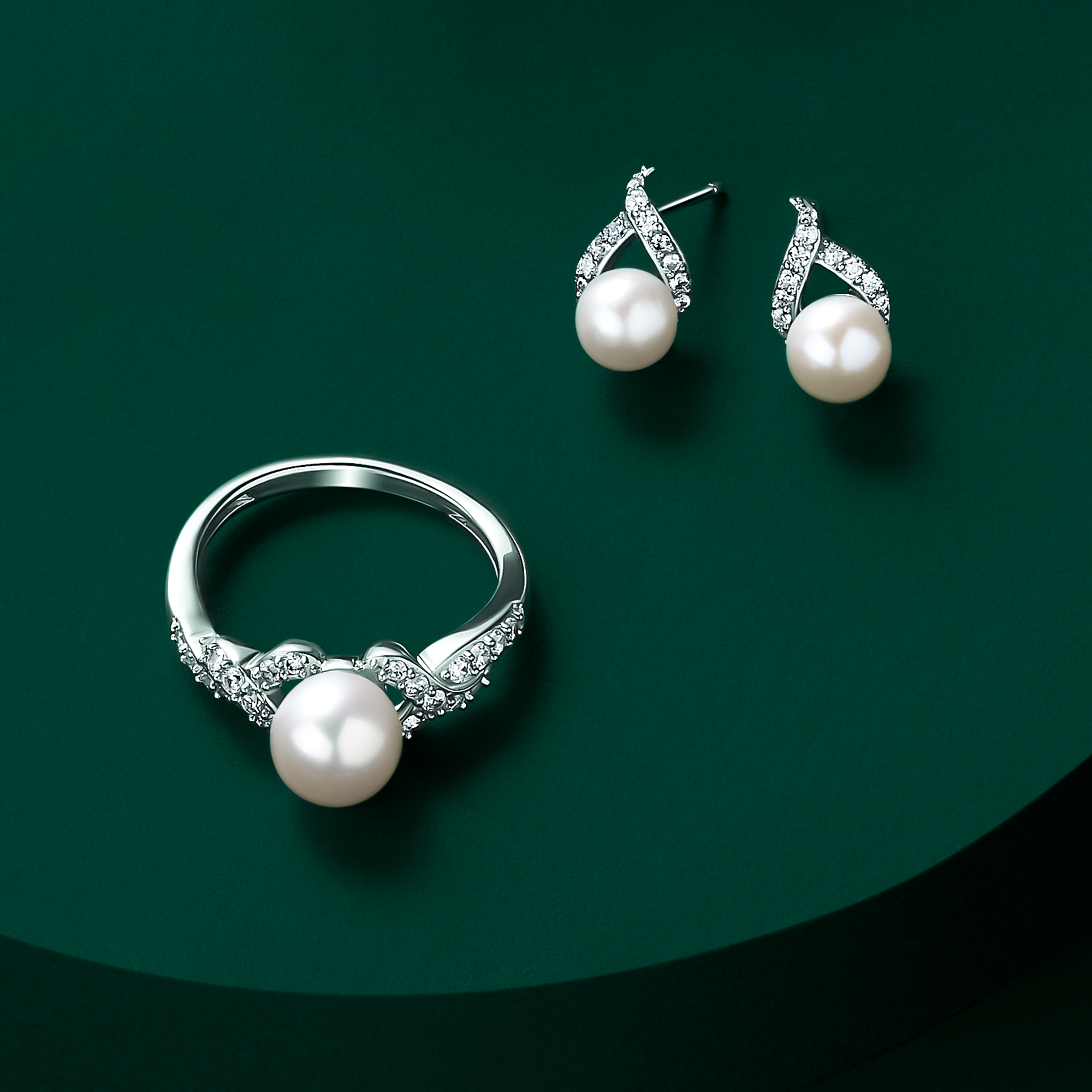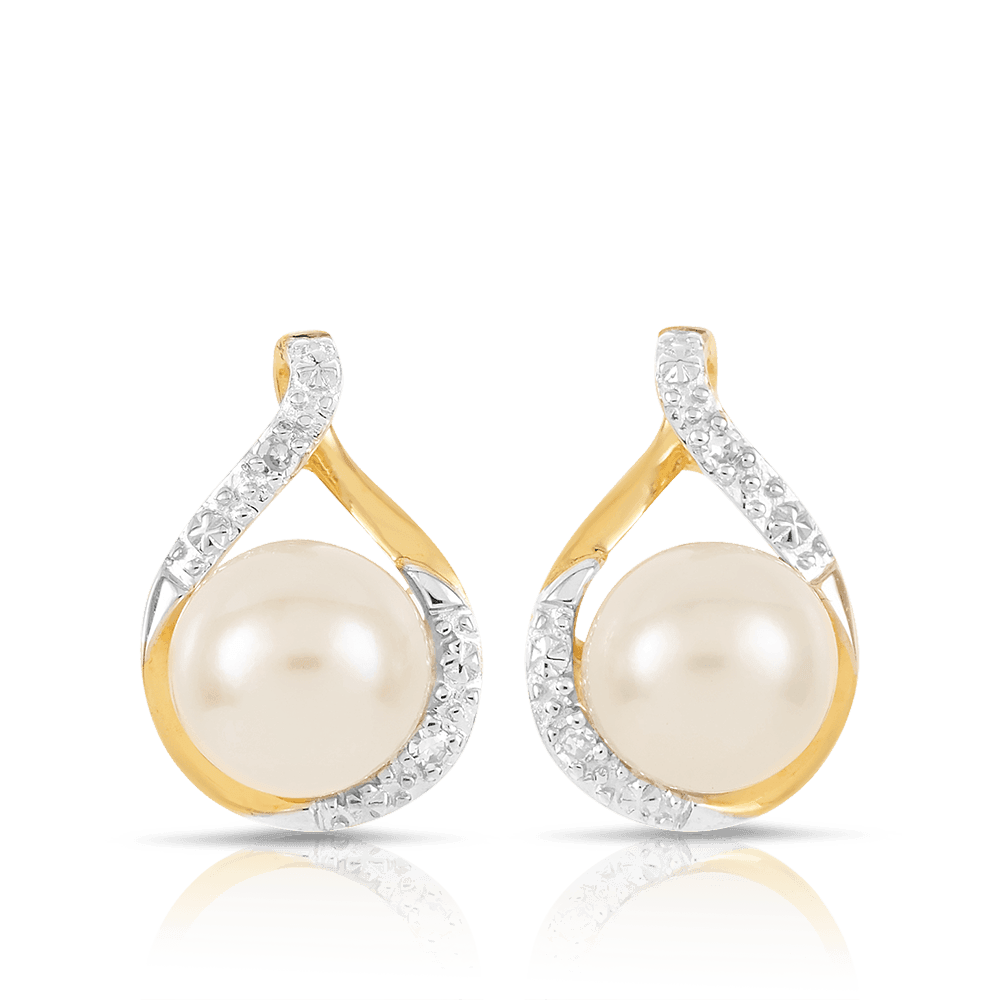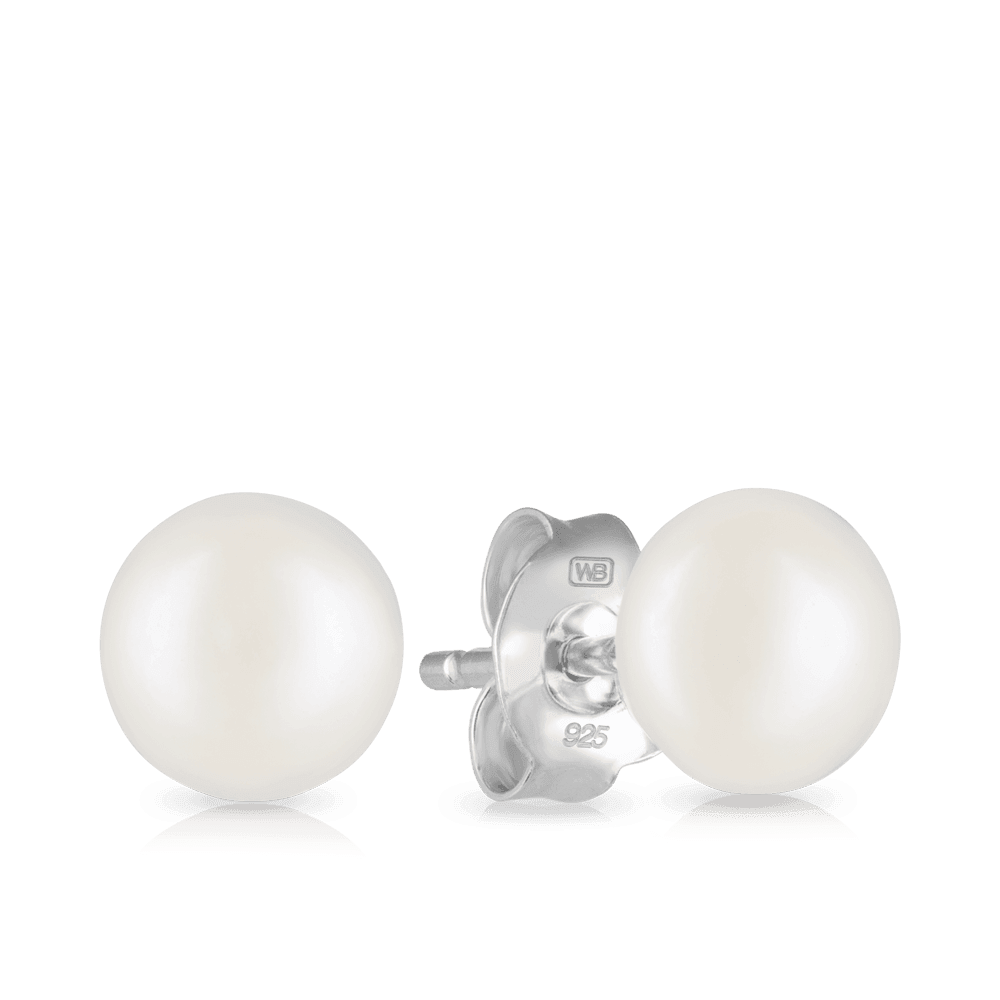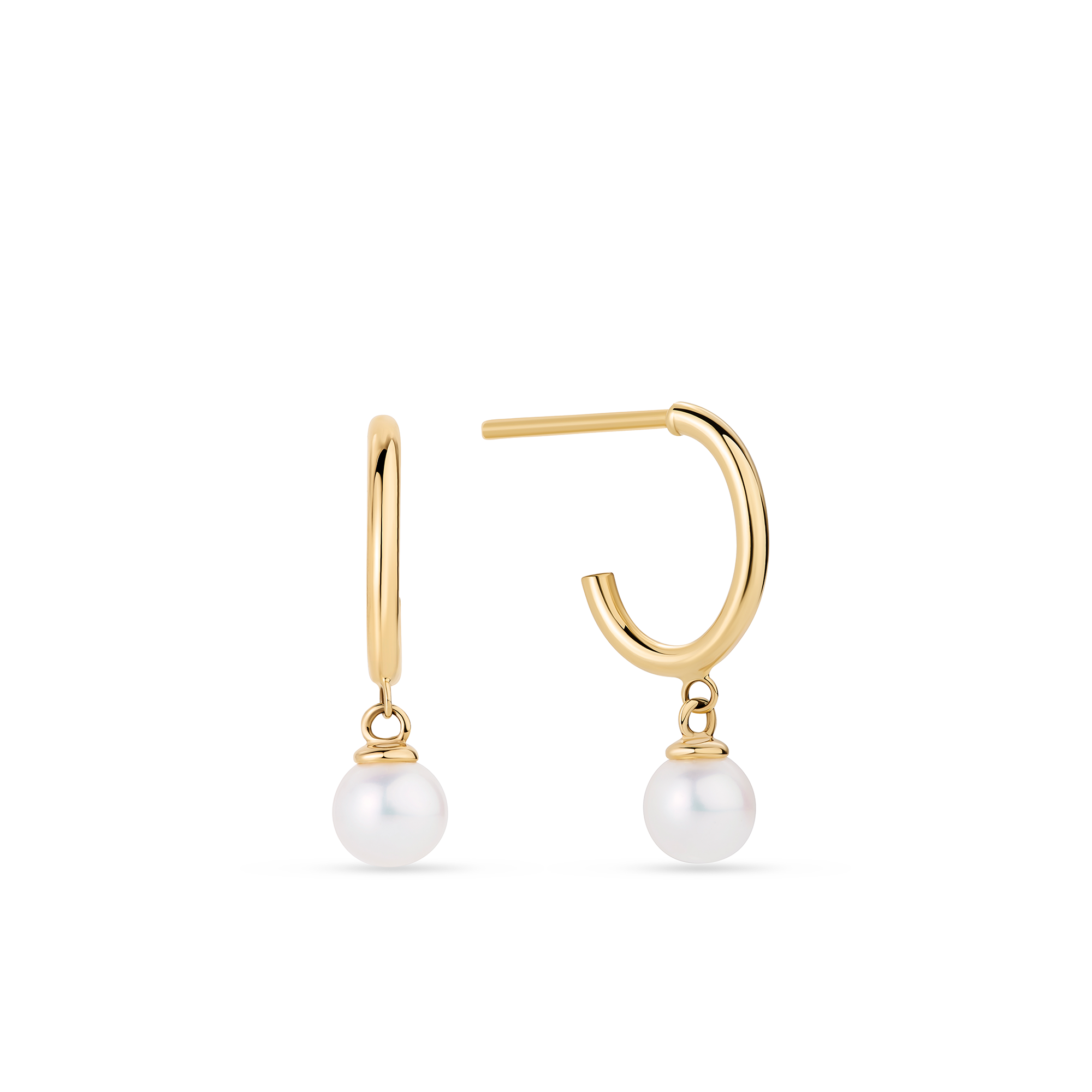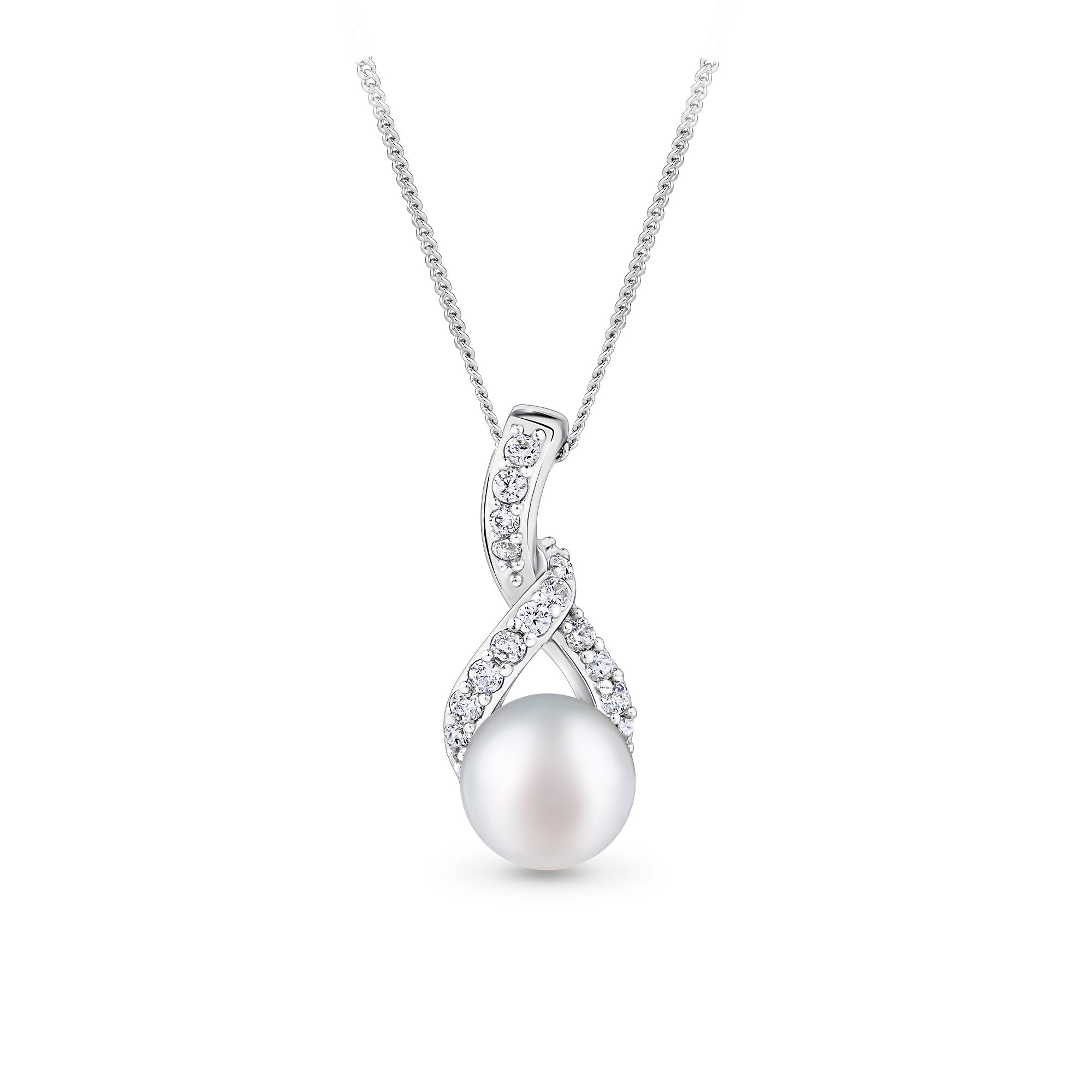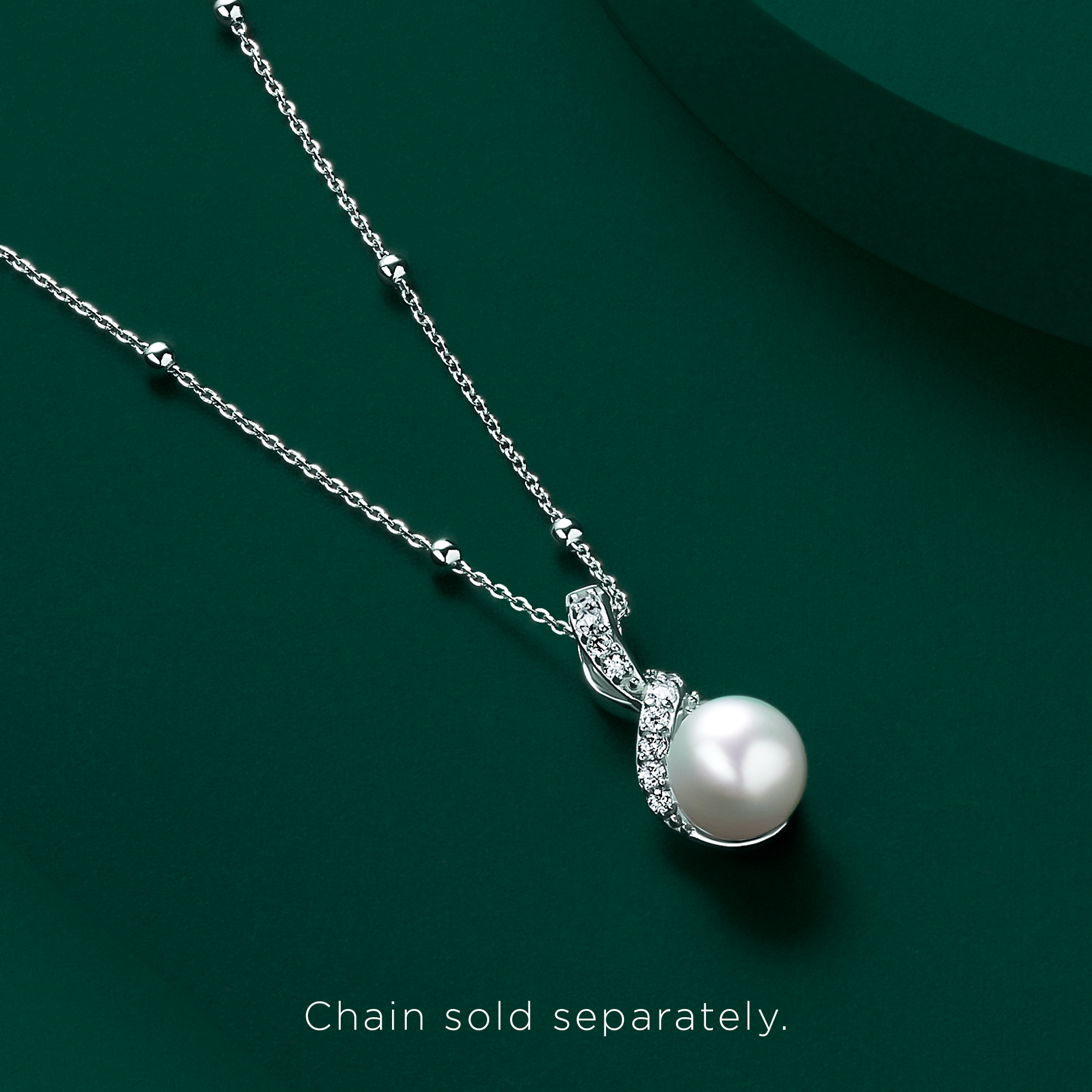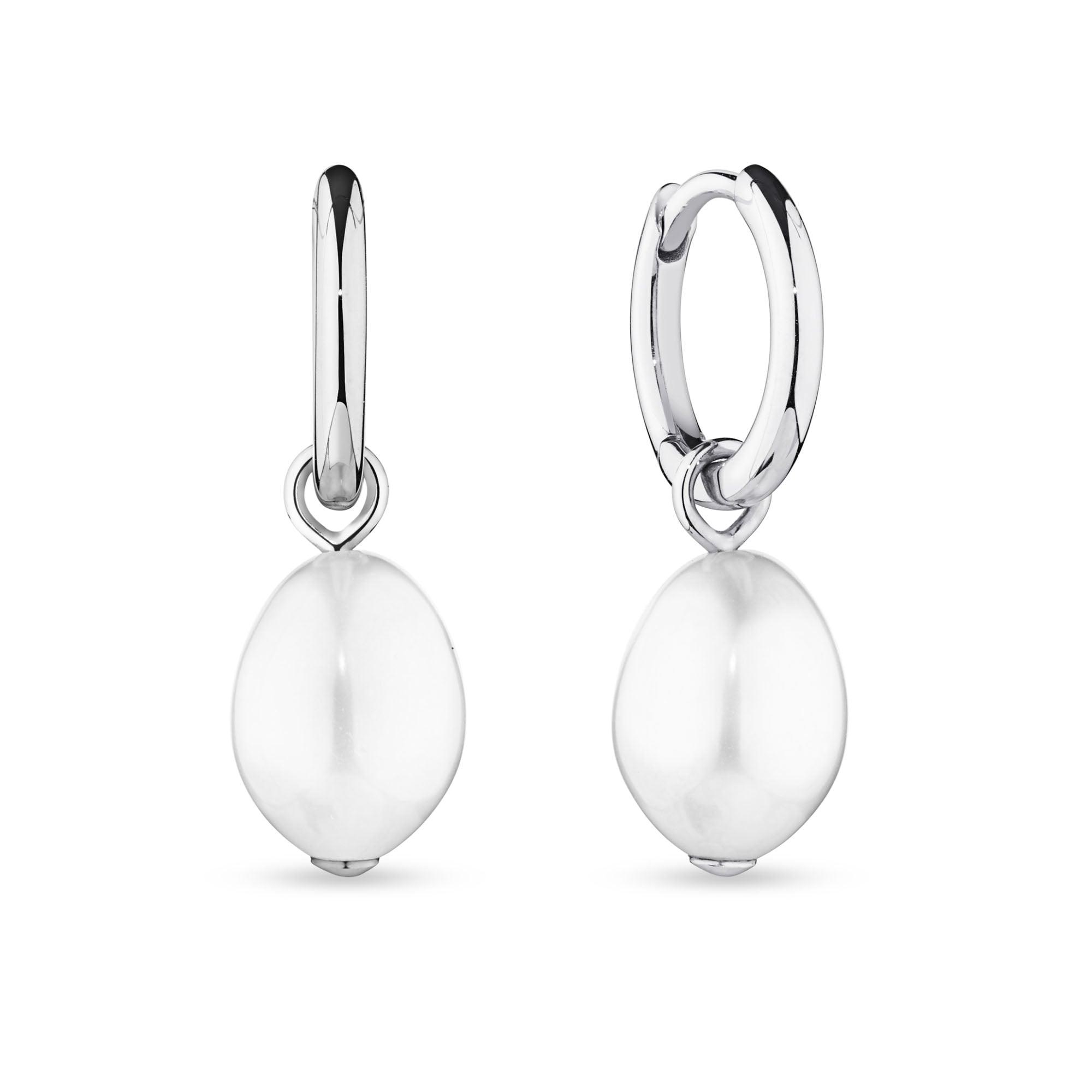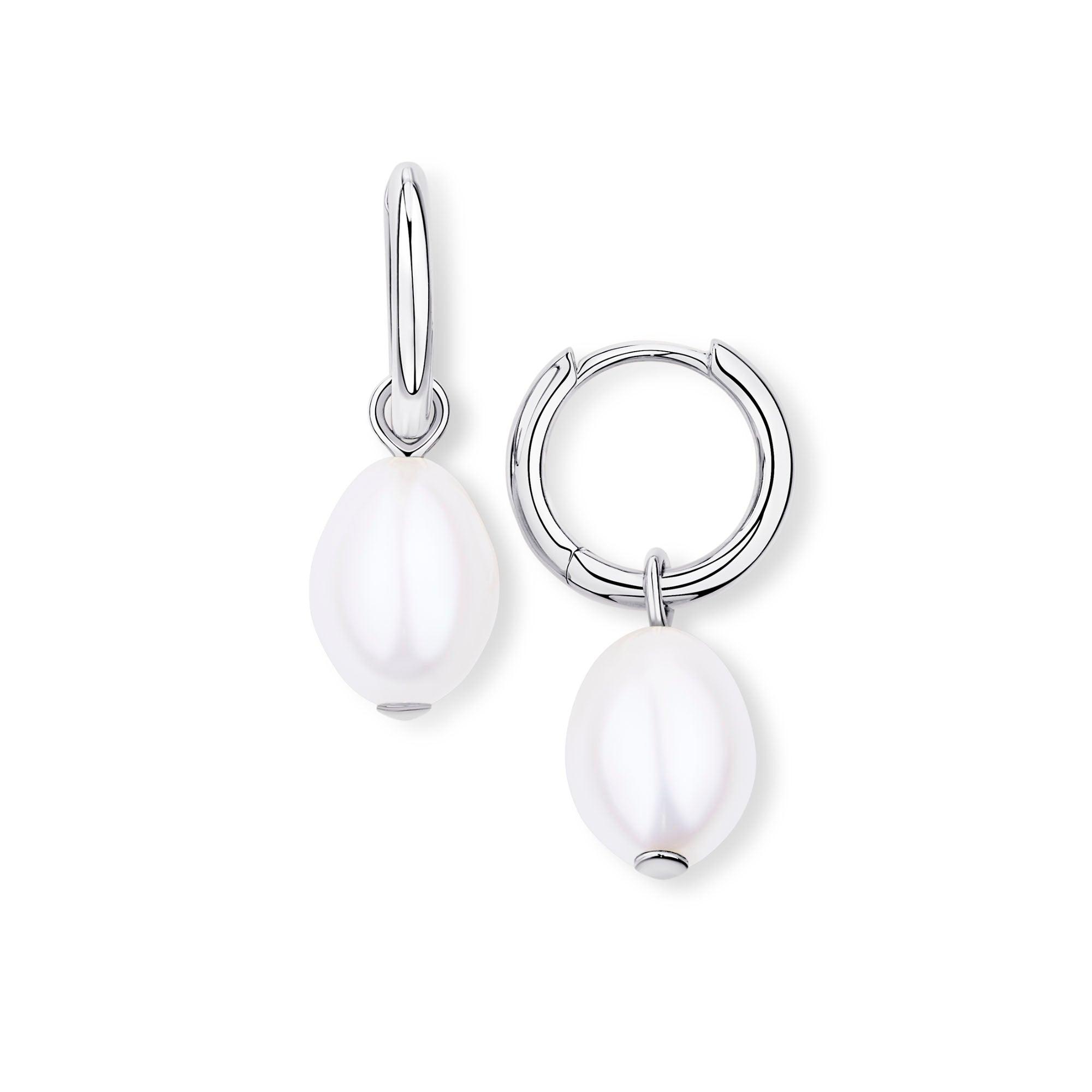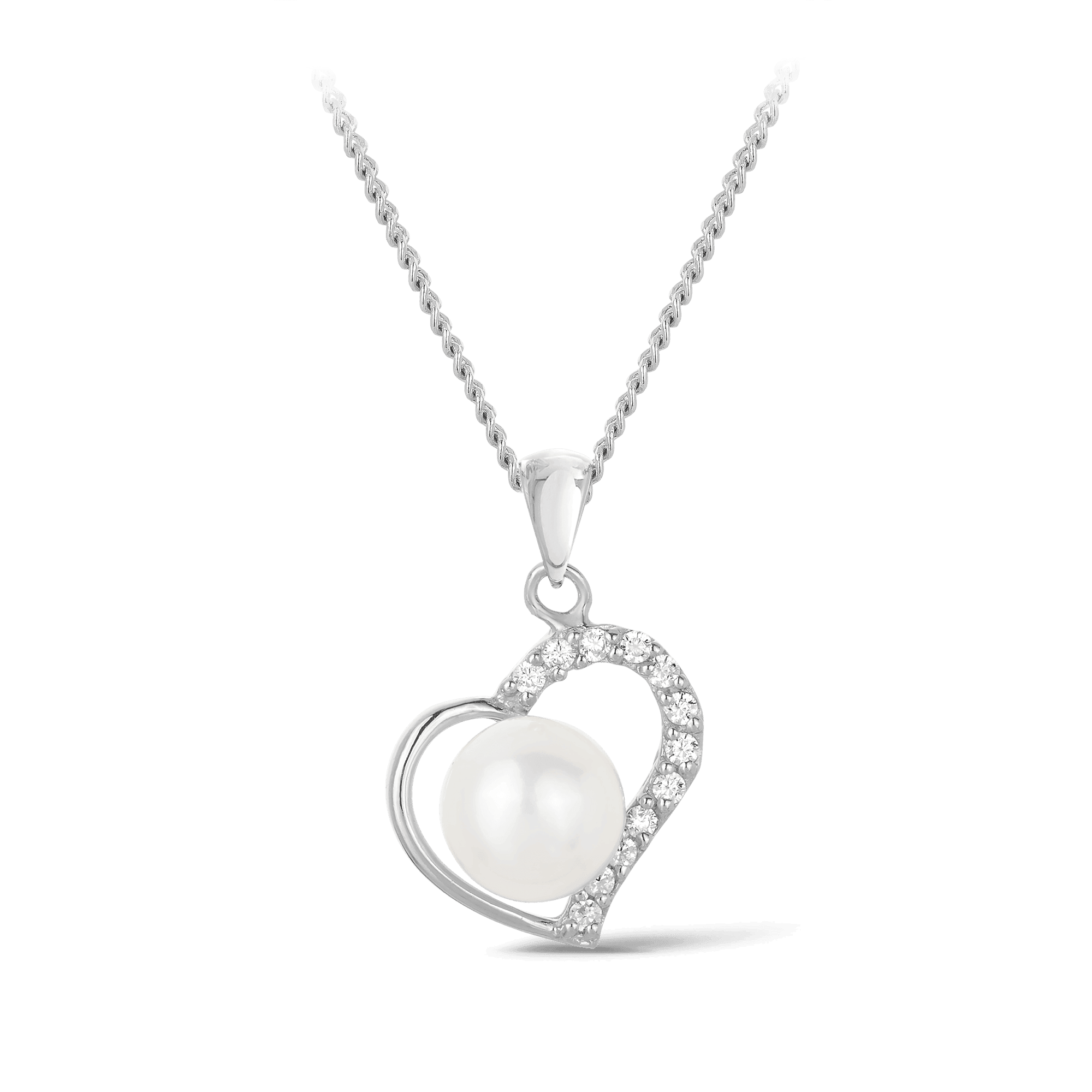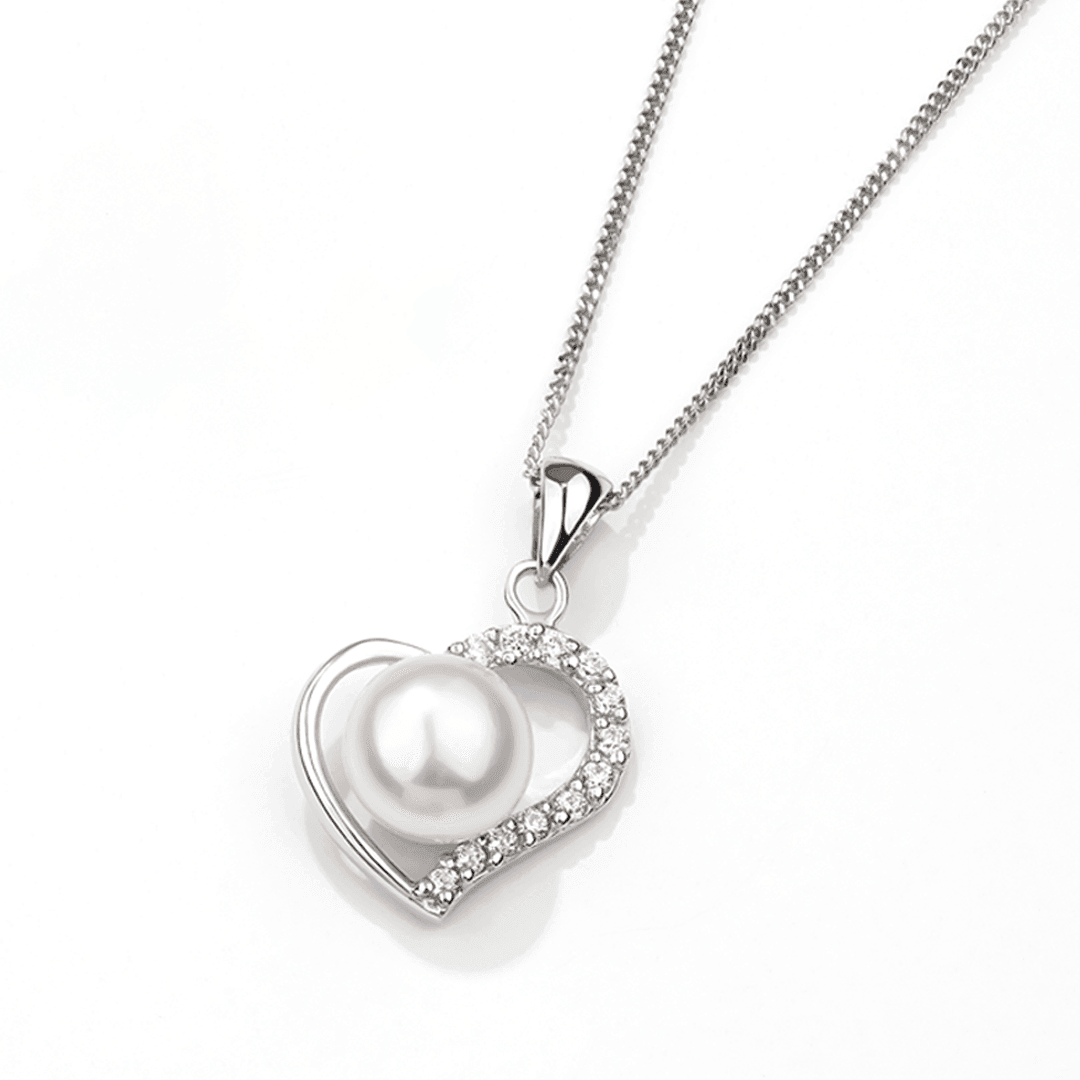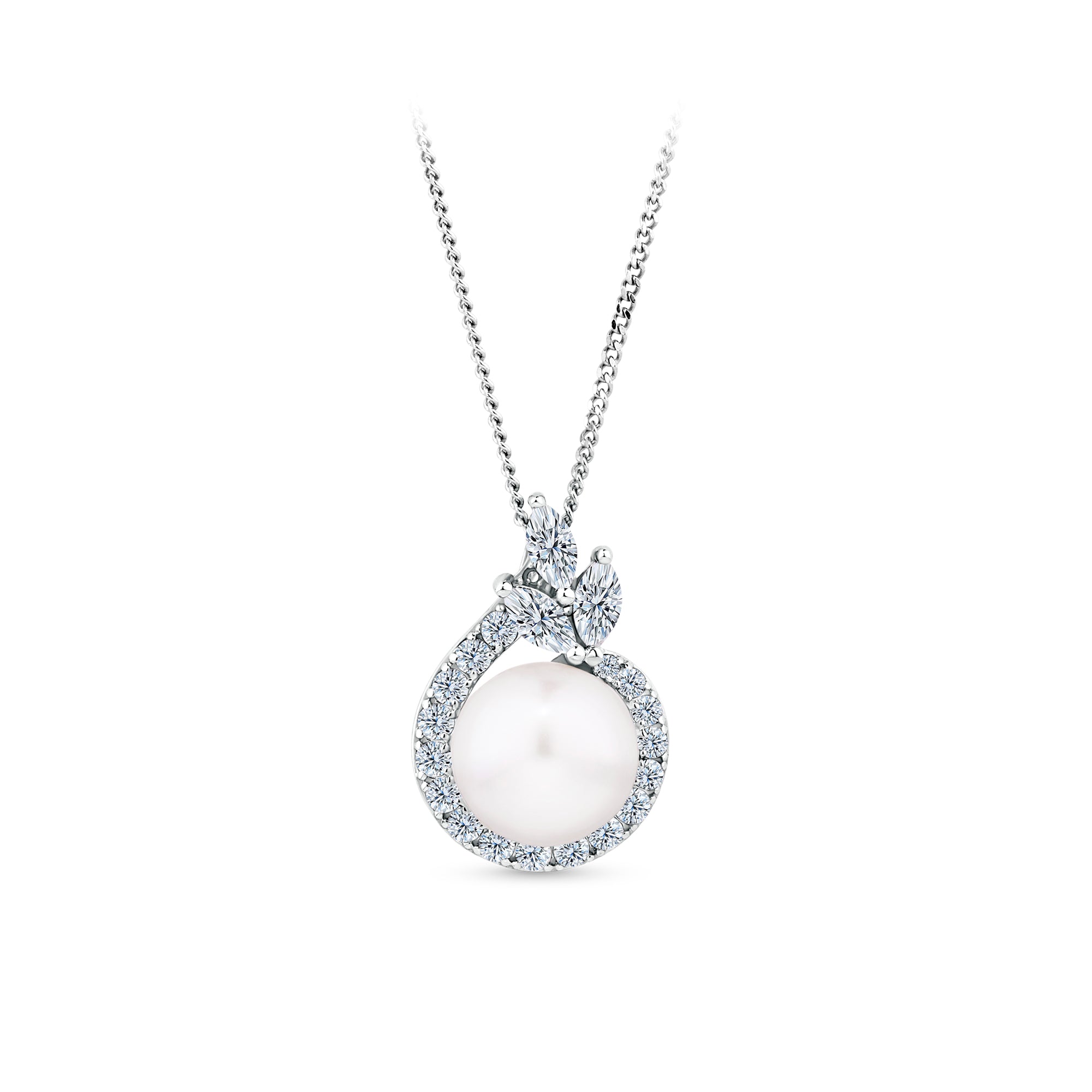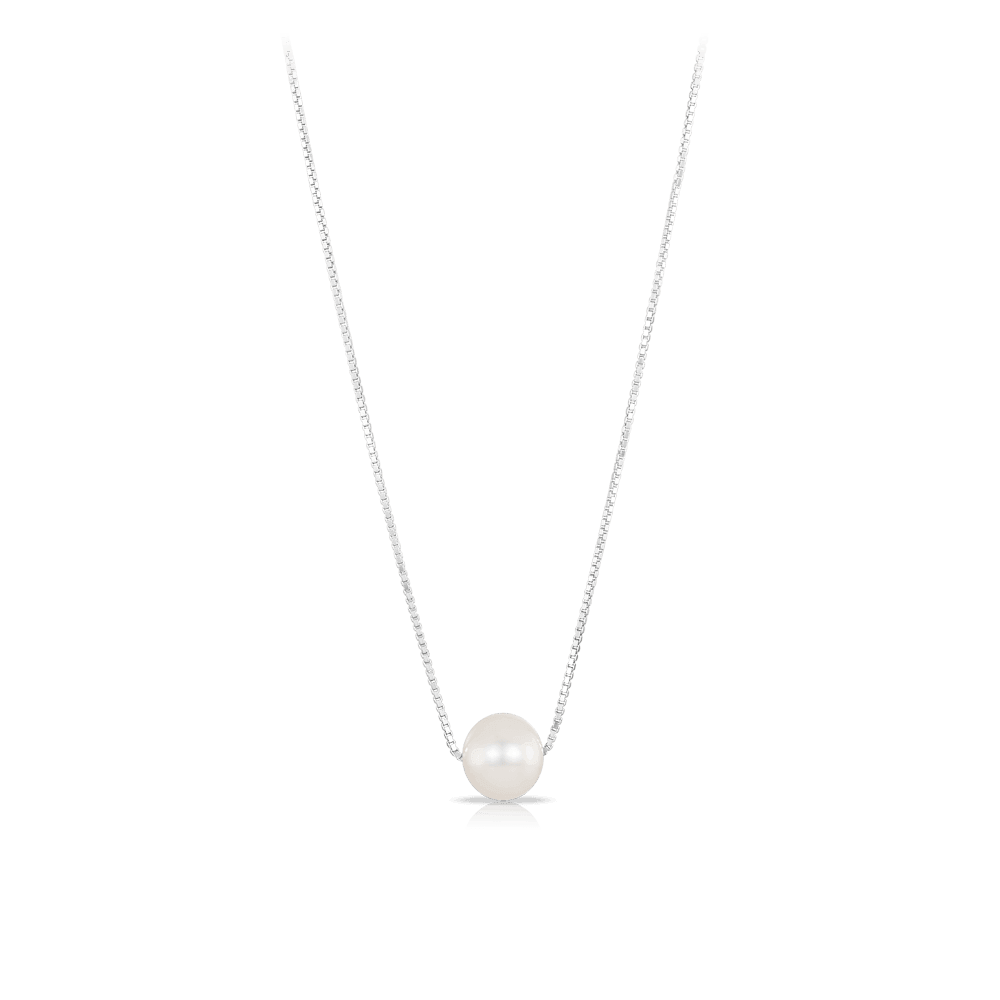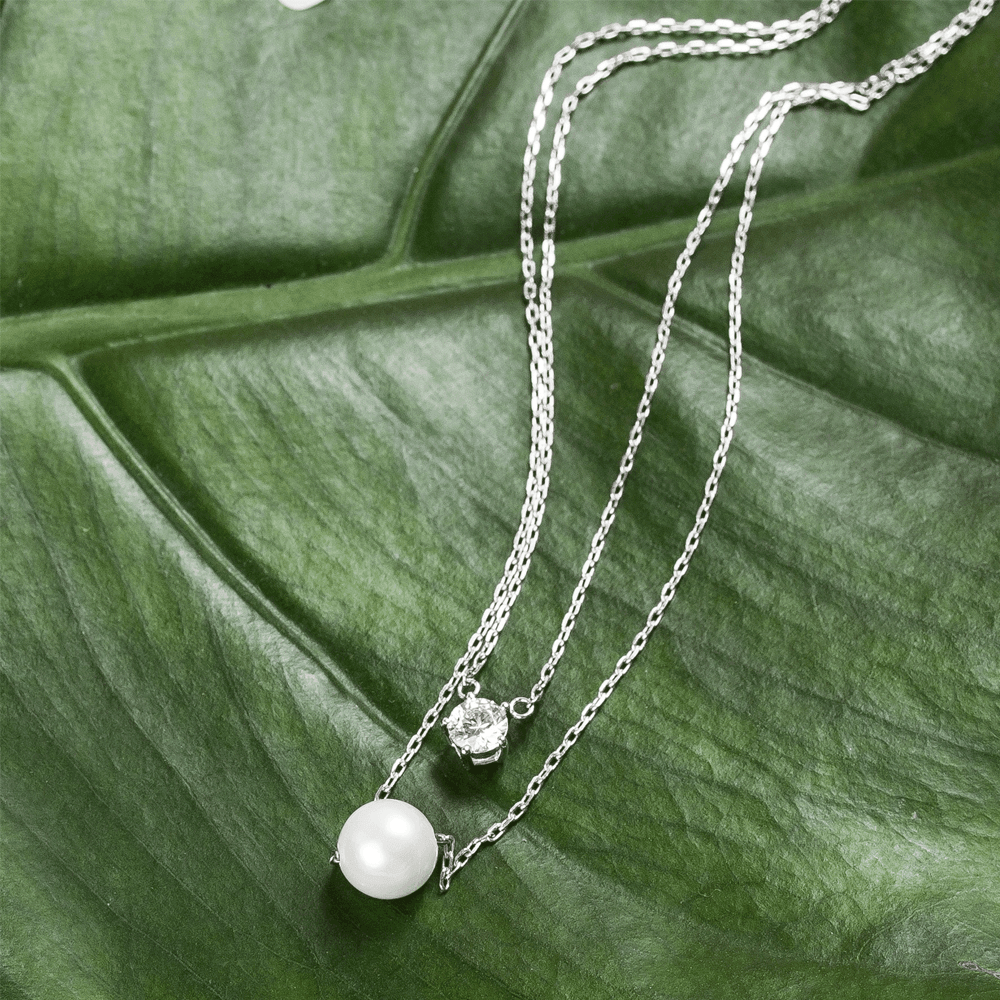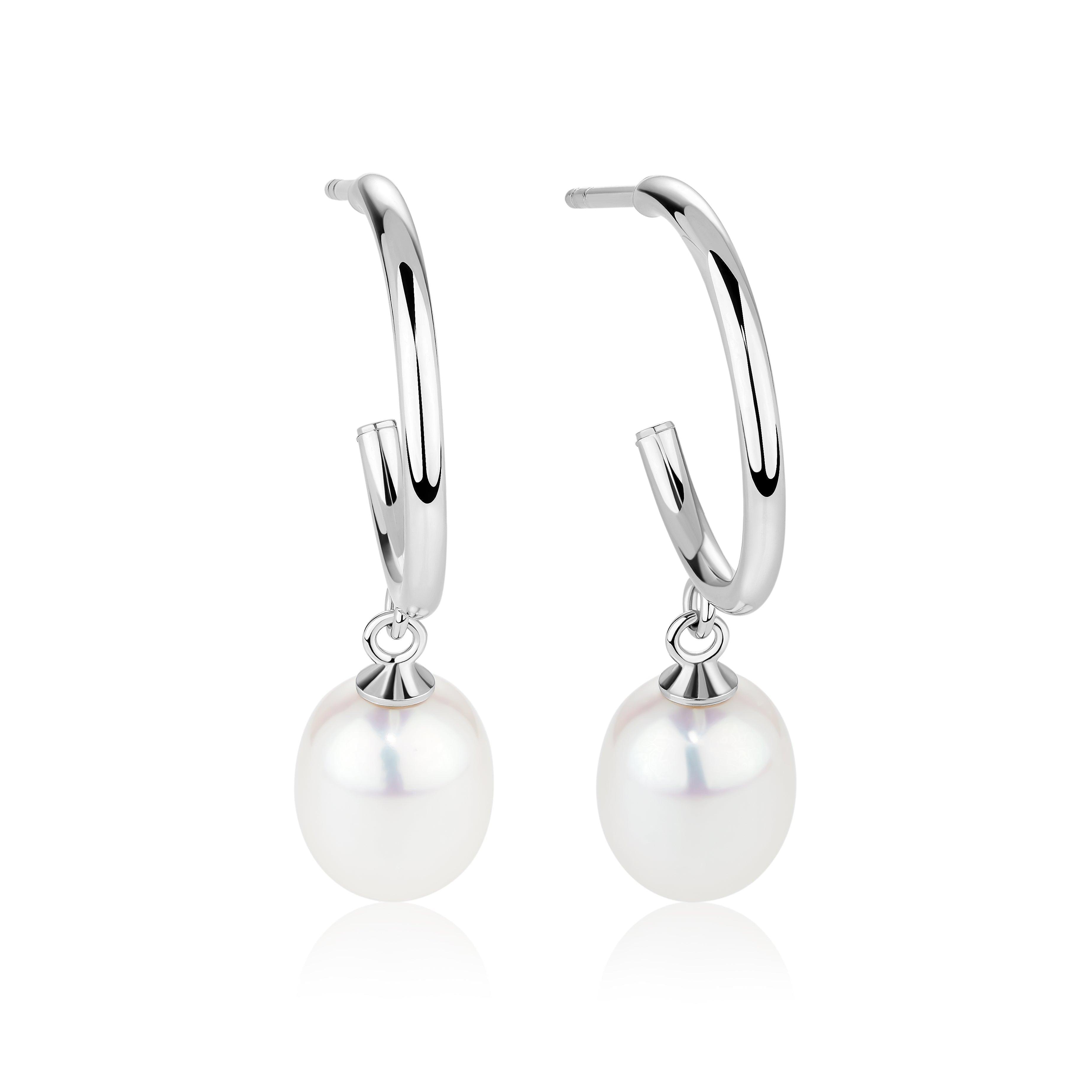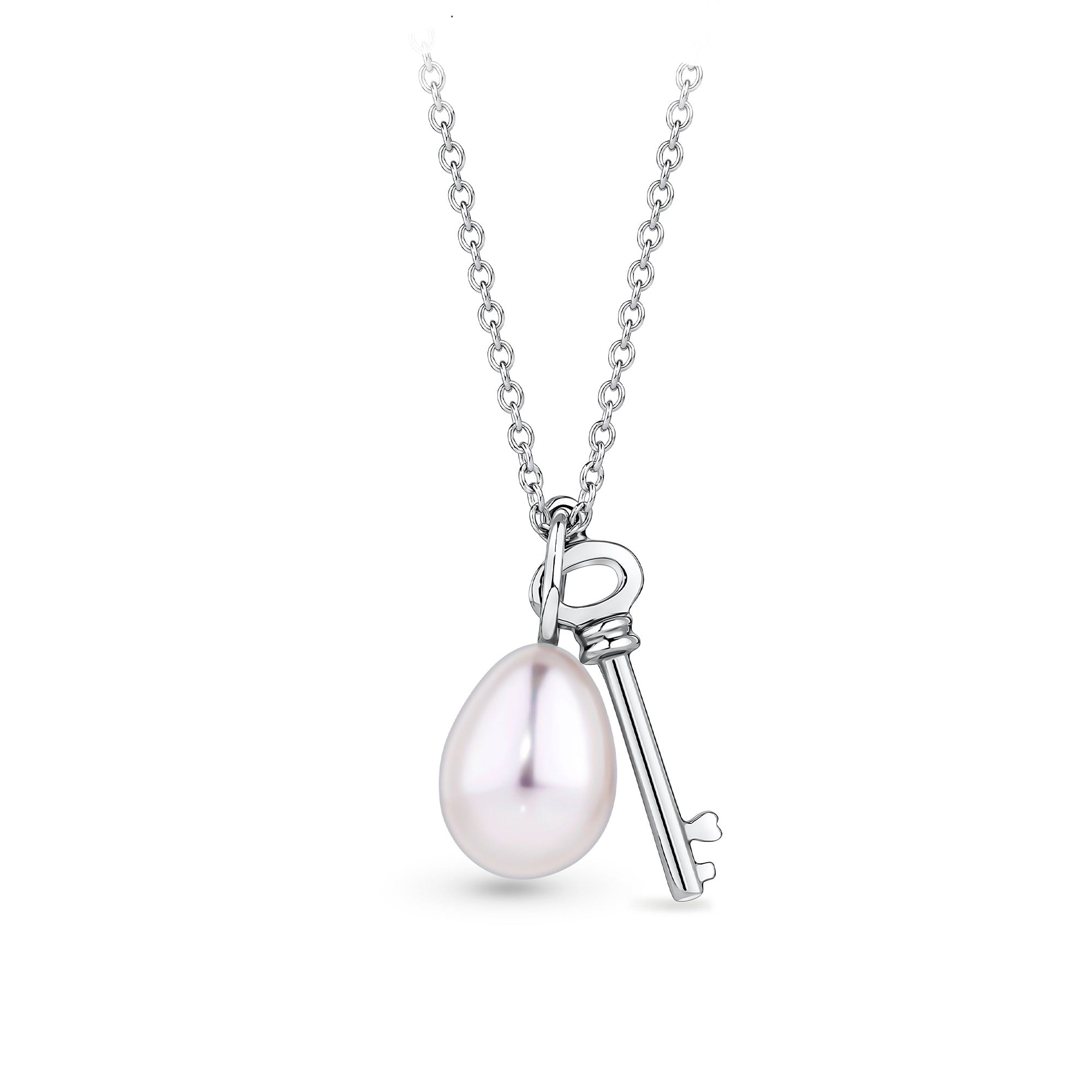Pearls are the only gemstones made by living creatures. Mollusks produce pearls by depositing layers of calcium carbonate around microscopic irritants—usually a grain of sand, as it’s commonly believed—that get lodged in their shells.
While any shelled mollusk can technically make a pearl, only two groups of bivalve mollusks (or clams) use mother-of-pearl to create the iridescent “nacreous” pearls that are valued in jewellery. These rare gemstones don’t require any polishing to reveal their natural lustre.
Appropriately, the name “pearl” comes from the Old French perle, from the Latin perna meaning “leg,” referencing the leg-of-mutton shape of an open mollusk shell. Because perfectly round, smooth, natural pearls are so uncommon, the word “pearl” can refer to anything rare and valuable.
The rarest and most expensive pearls are natural pearls made in the wild without human interference. The majority of pearls sold today are cultured or farmed by implanting a grafted piece of shell (and sometimes a round bead) into pearl oysters or freshwater pearl mussels.
Pearls are very soft, ranging between 2.5 and 4.5 on the Mohs scale. They are sensitive to extreme heat and acidity. In fact, calcium carbonate is so susceptible to acid that authentic pearls will dissolve in vinegar.
The finest pearls have a naturally reflective lustre, making them appear creamy white with an iridescent sheen that casts many colourful hues. Cultured freshwater pearls can also be dyed yellow, green, blue, brown, pink, purple or black.
Pearls used to be found in many parts of the world, but natural pearling is now confined to the Persian Gulf waters near Bahrain. Australia owns one of the world’s last remaining pearl diving fleets and still harvests natural pearls from the Indian Ocean.
Today, most freshwater cultured pearls come from China. South Sea pearls are cultured along the northwestern coastline of Australia, the Philippines, and Indonesia.
MOONSTONE
Moonstone gets its name from the soft glow that travels across the surface of the gem that looks like the reflection of the full Moon on water.
Moonstones delicate glow is caused by the feldspar-group mineral orthoclase. When orthoclase and another mineral, albite, separate into alternating layers during Moonstones formation, rays of light fall between them and produce a phenomenon known as adularescence. The term adularescence comes from Mt. Adular in Switzerland, which is a famous source of Moonstone.
Moonstone is a 6–6.5 on the Mohs scale of hardness and has poor toughness. It may crack when exposed to high heat. Therefore, ultrasonic and steam cleaners should be avoided when cleaning Moonstone. The best option for cleaning is warm, soapy water with a soft brush.
Shop other birthstone jewellery:January|February|March|April|May|June|July|August|September|October|November |December

